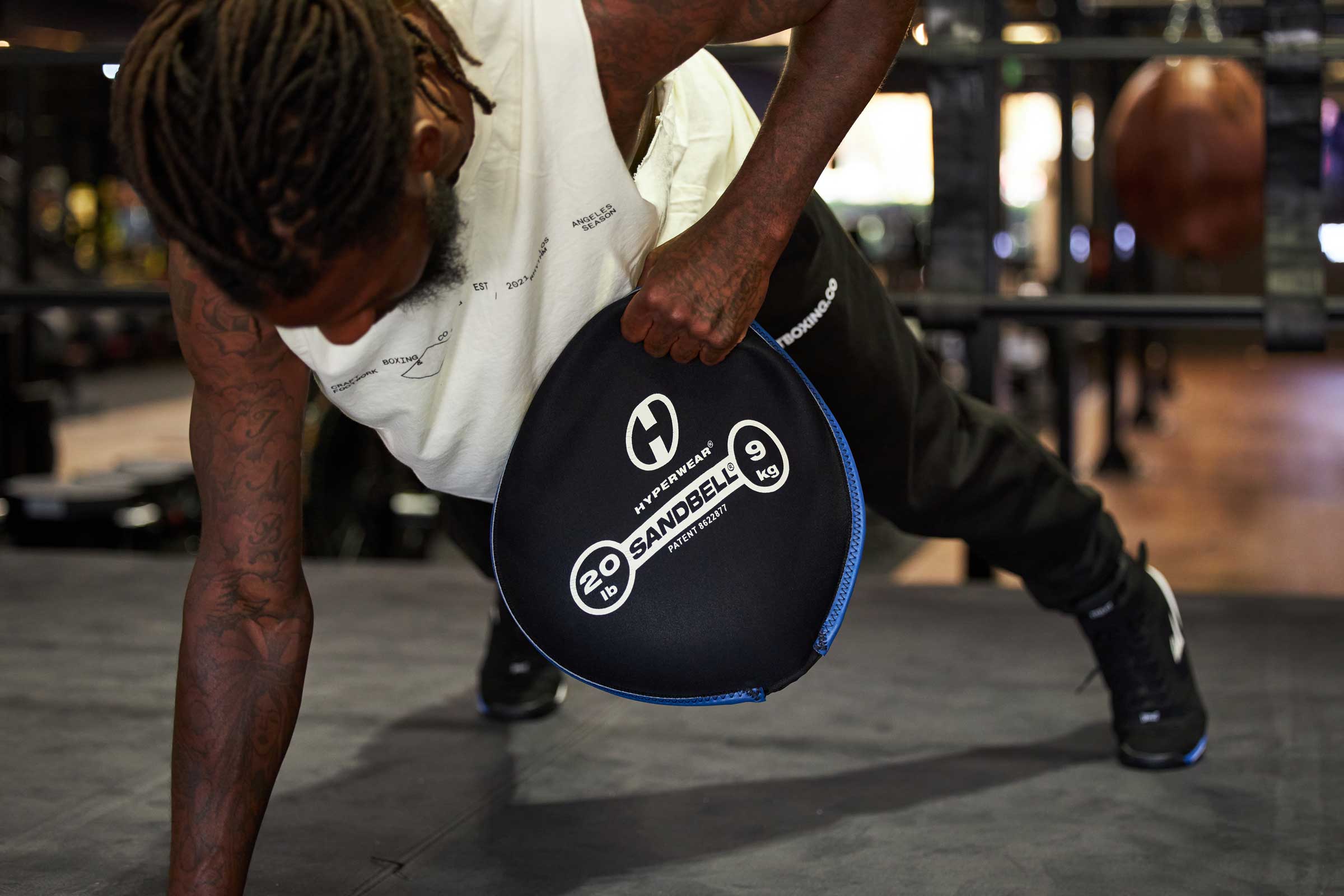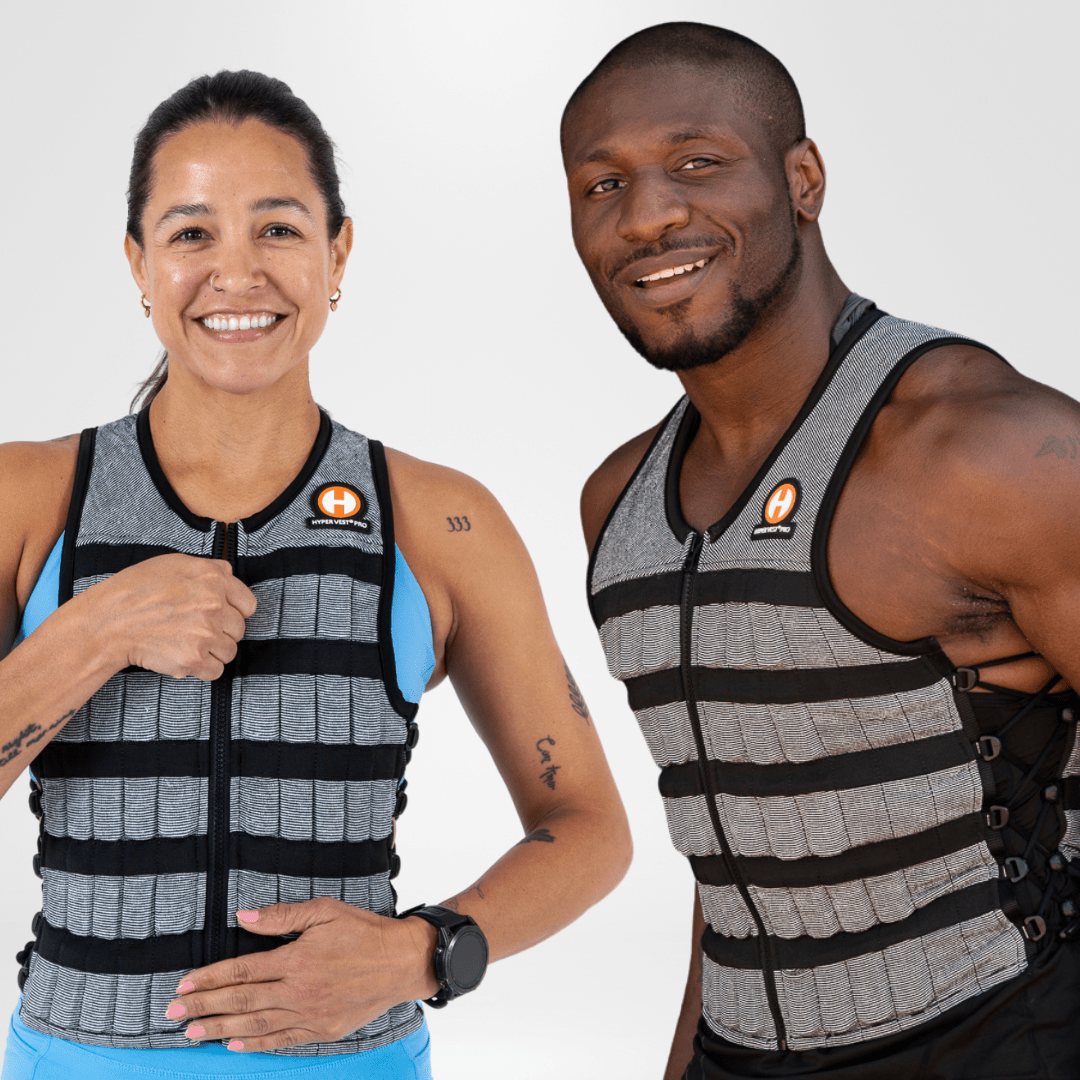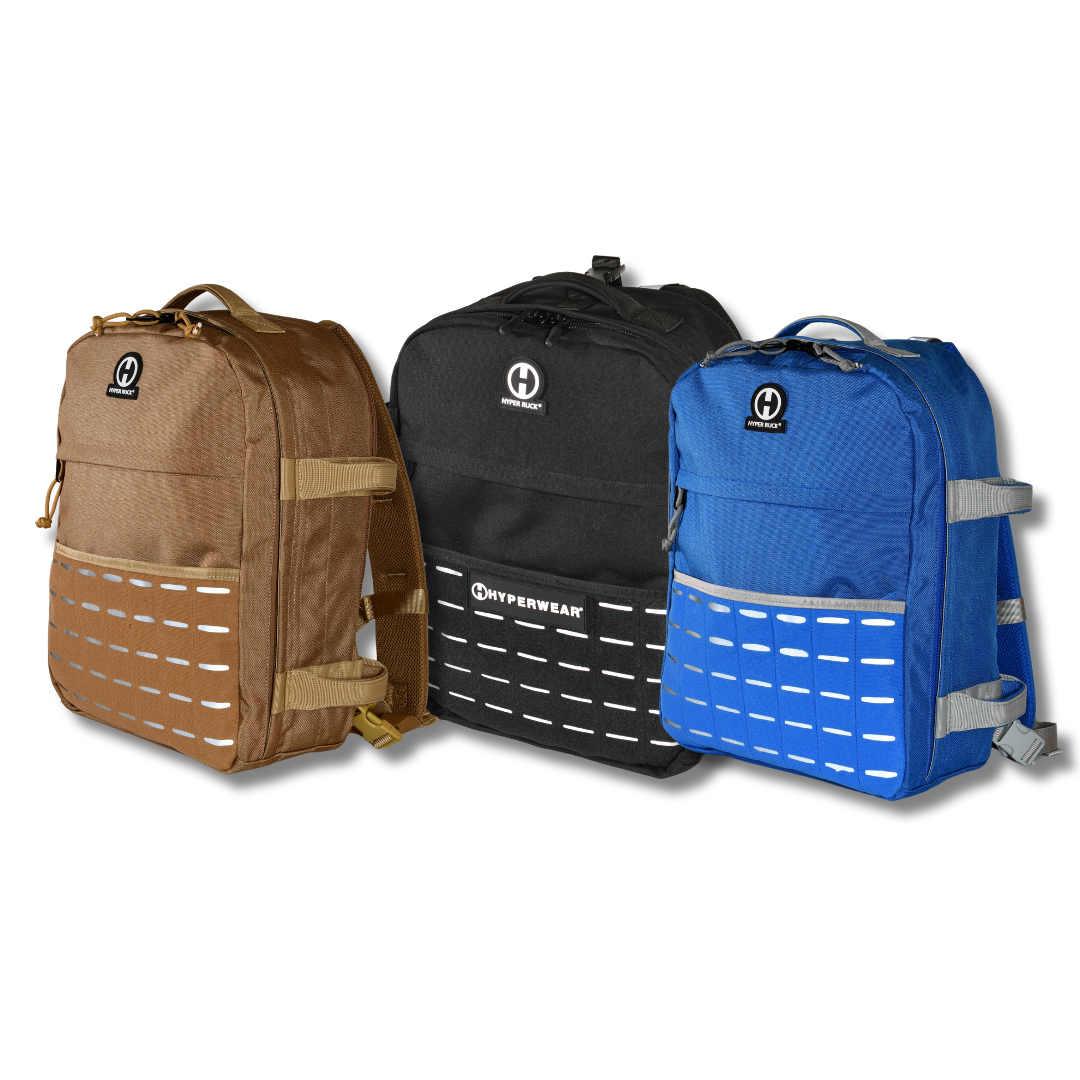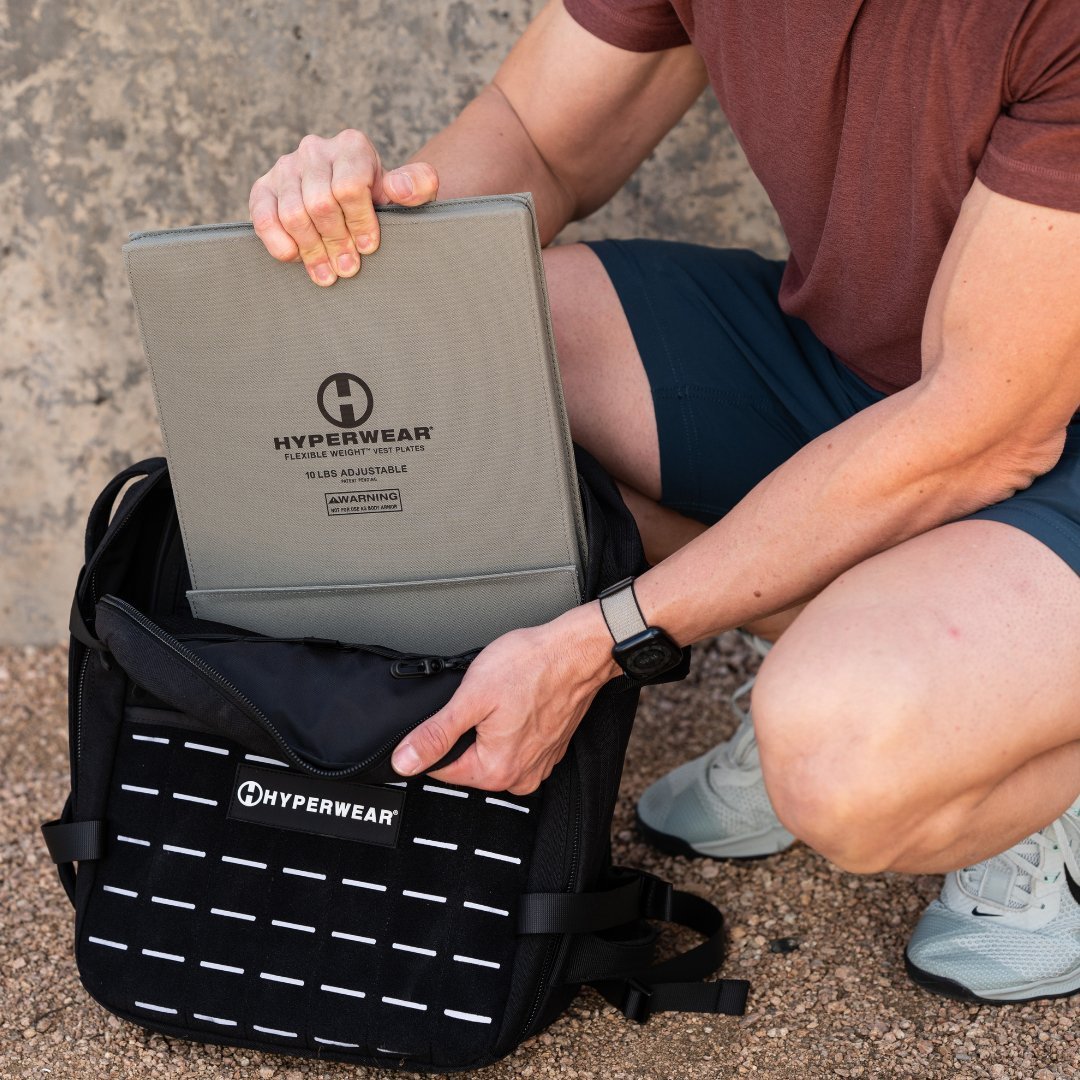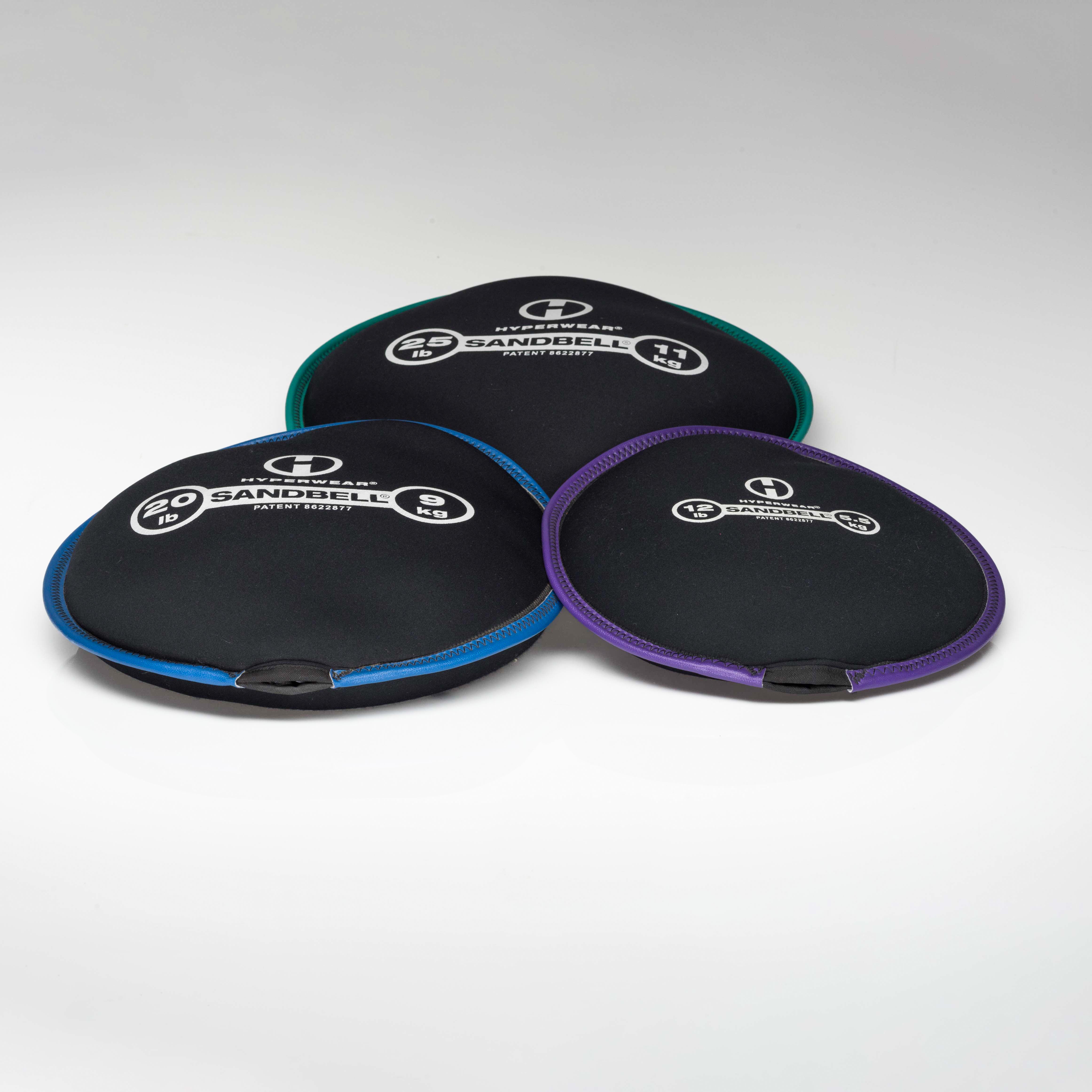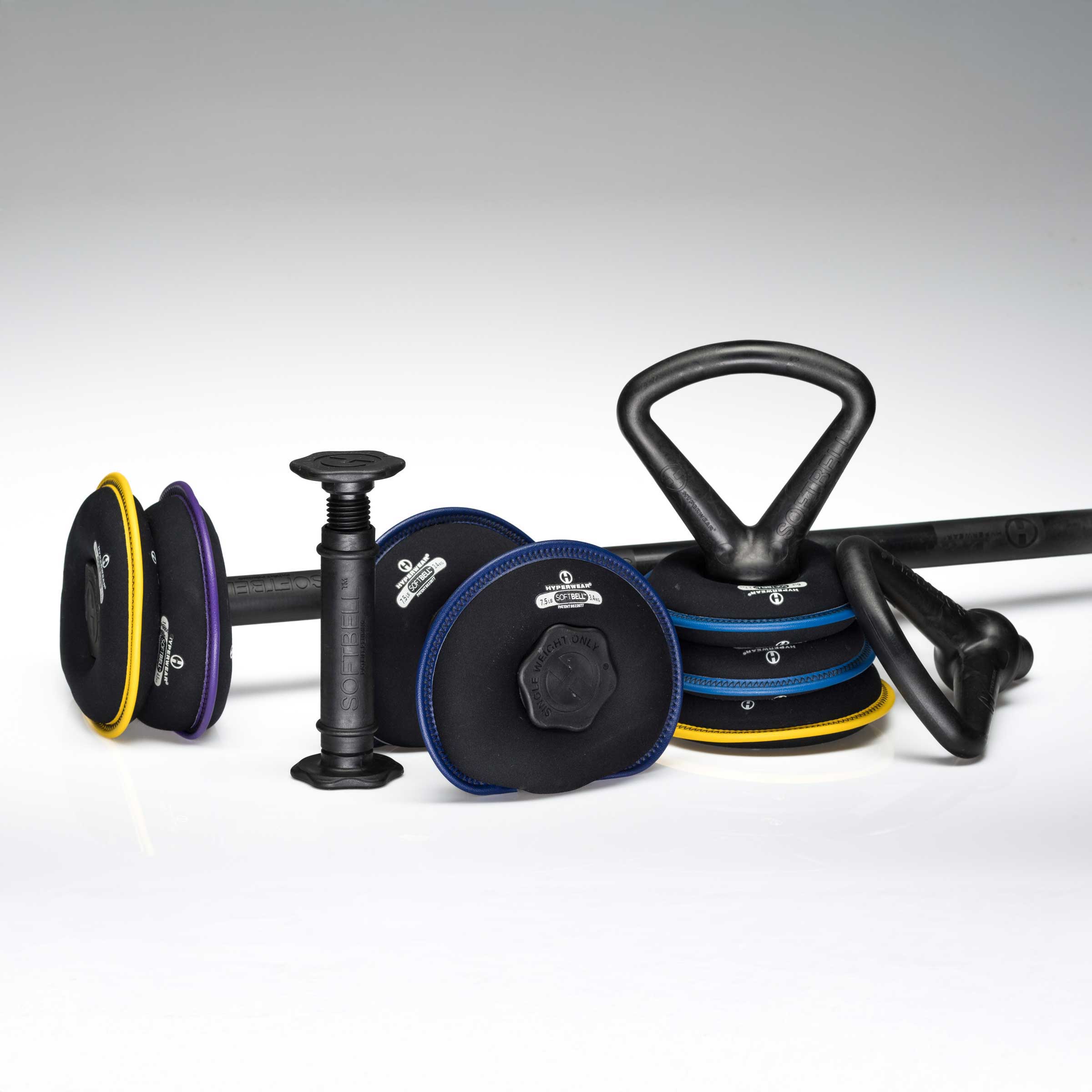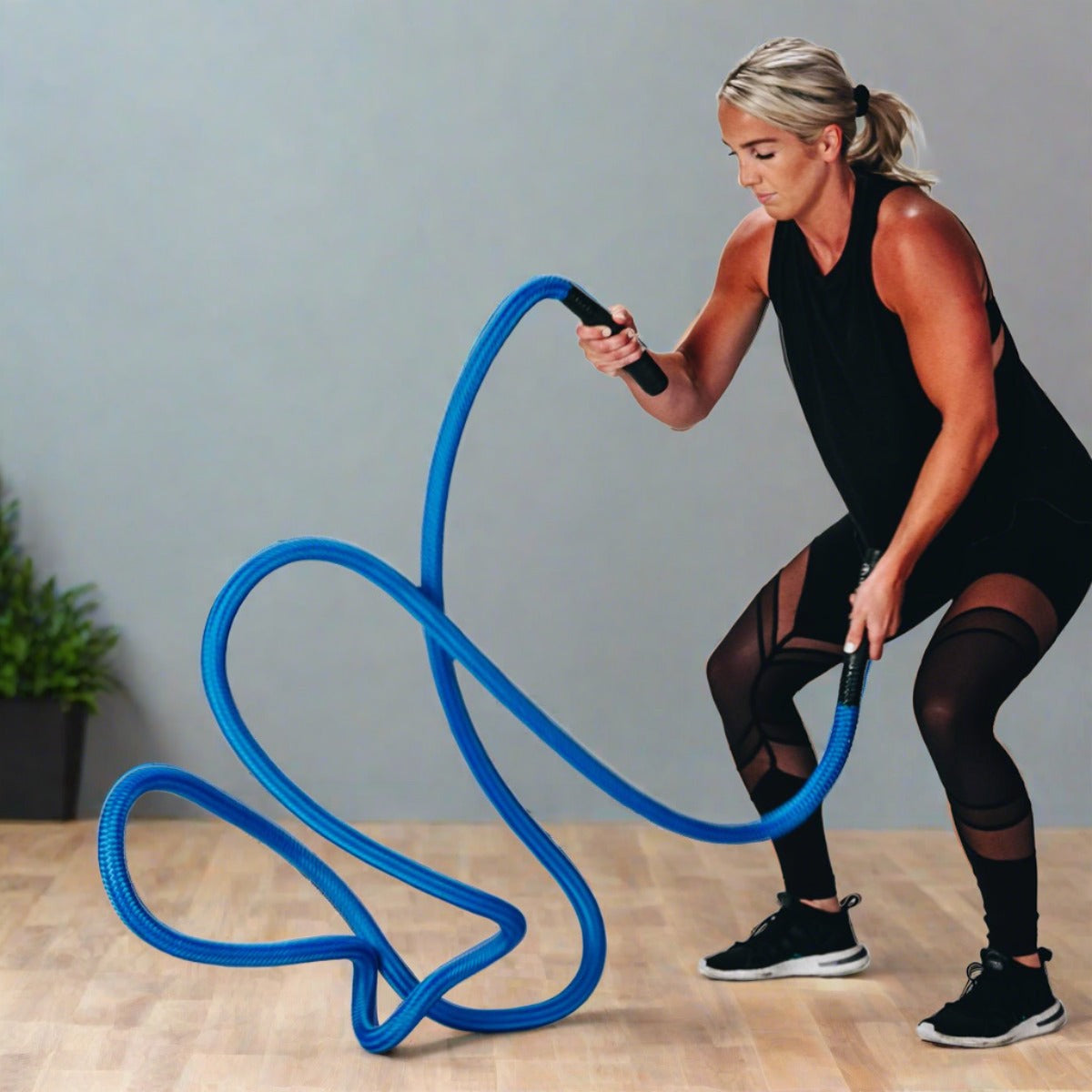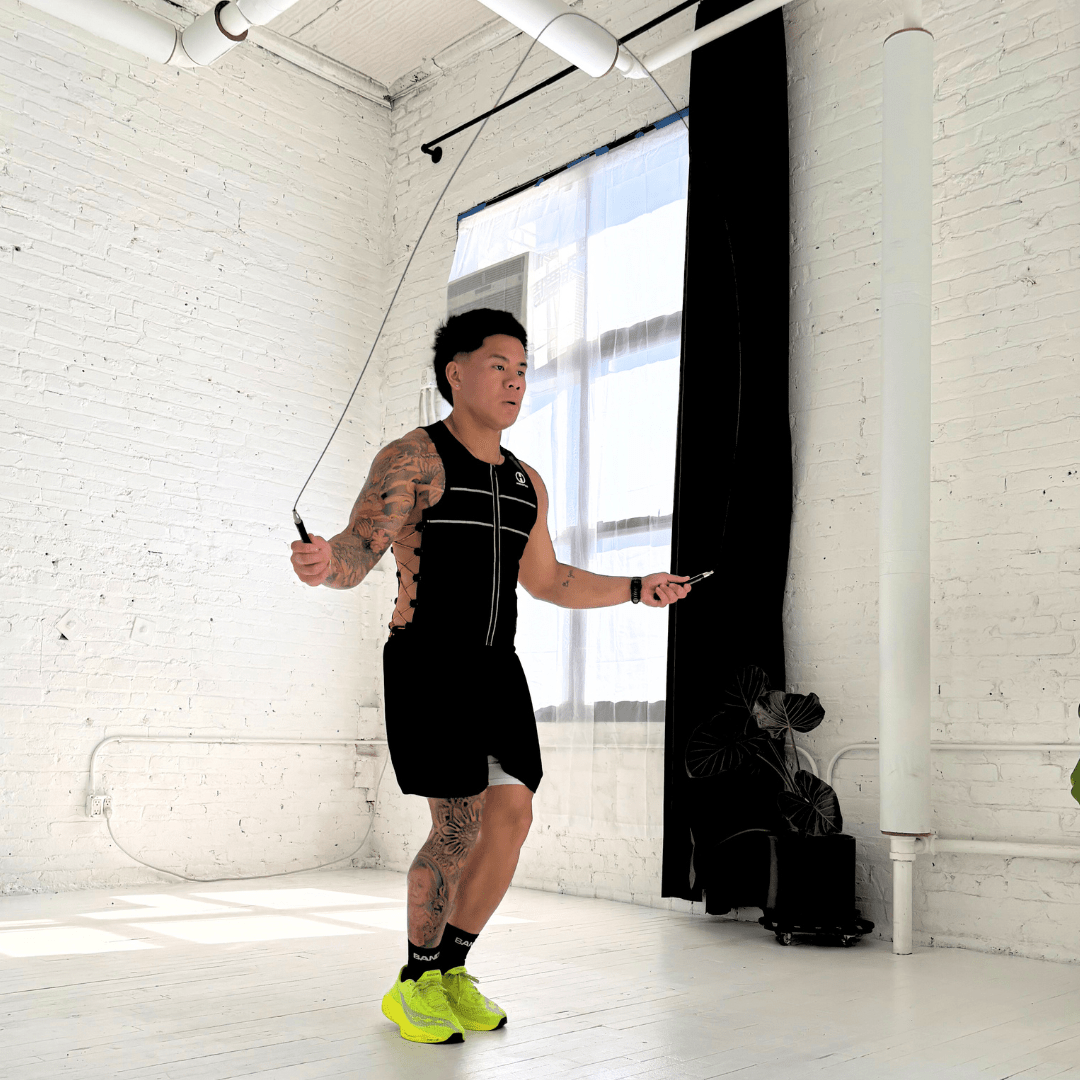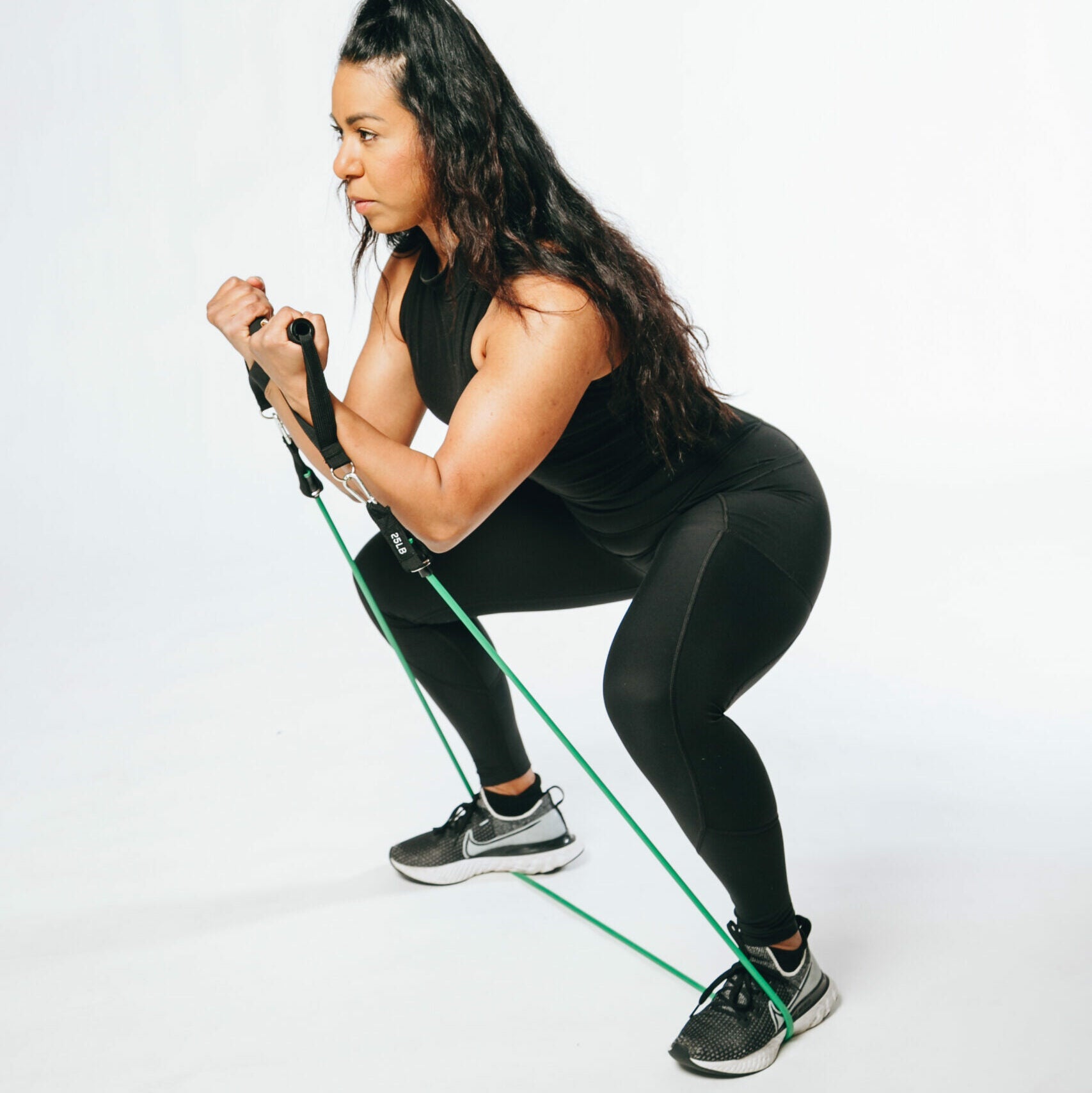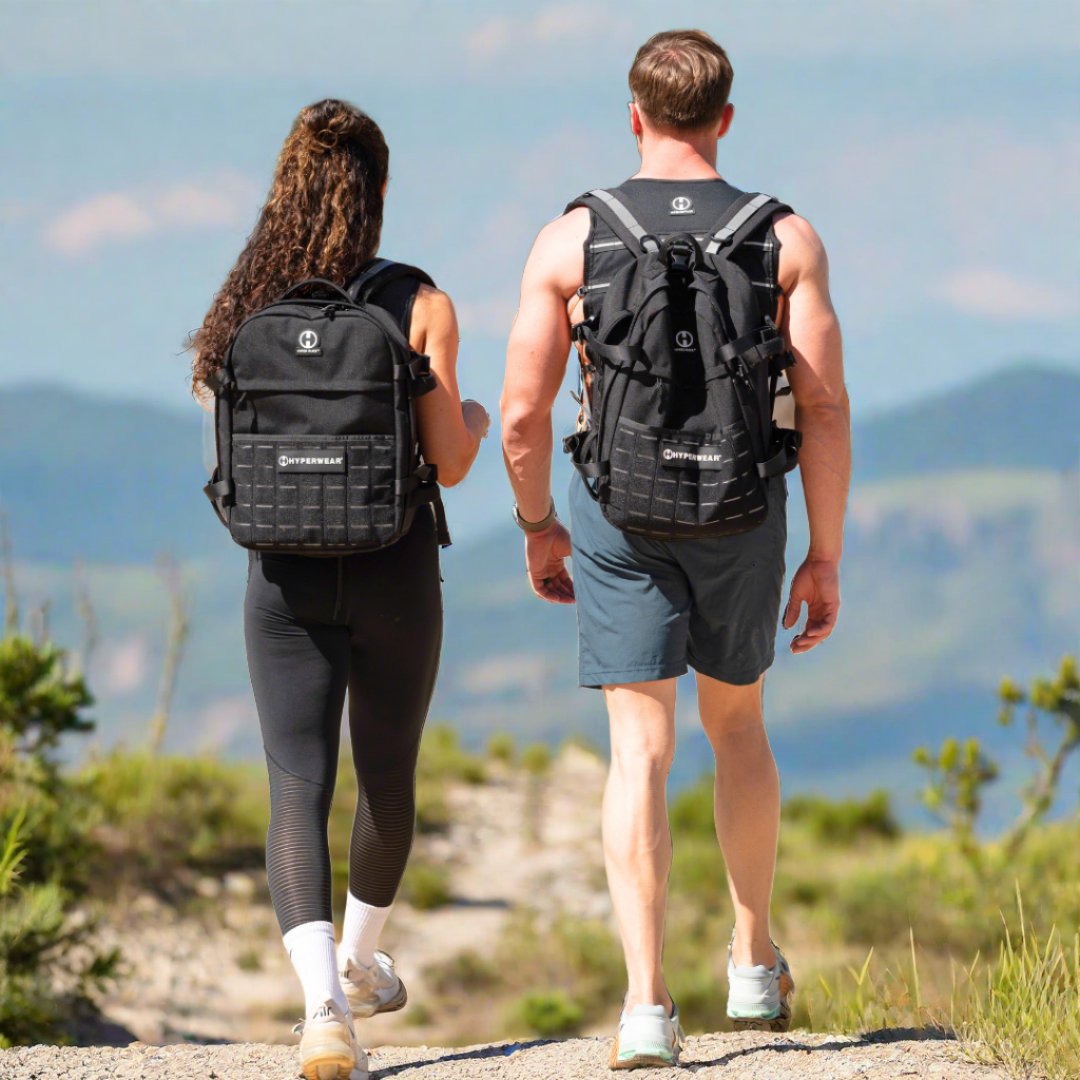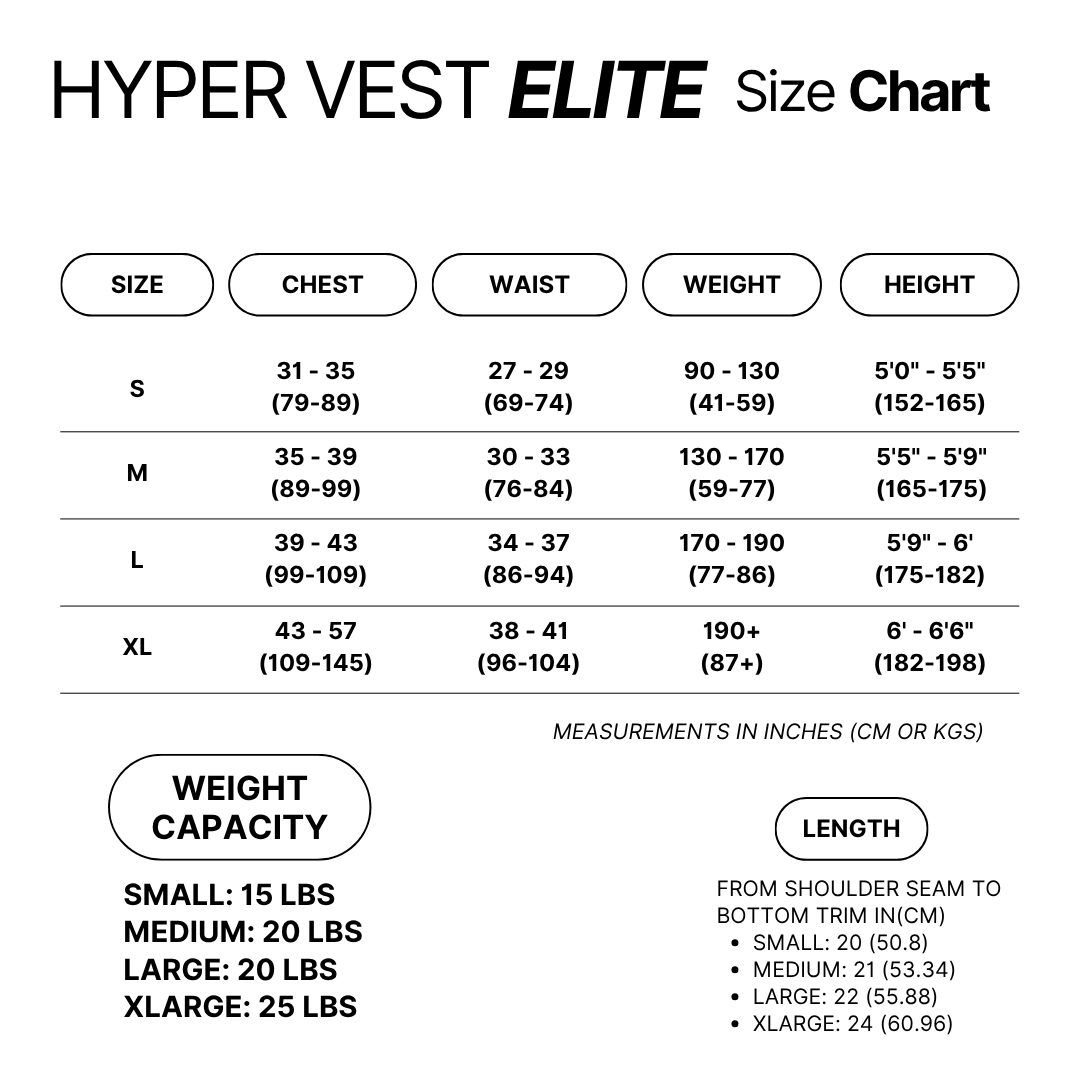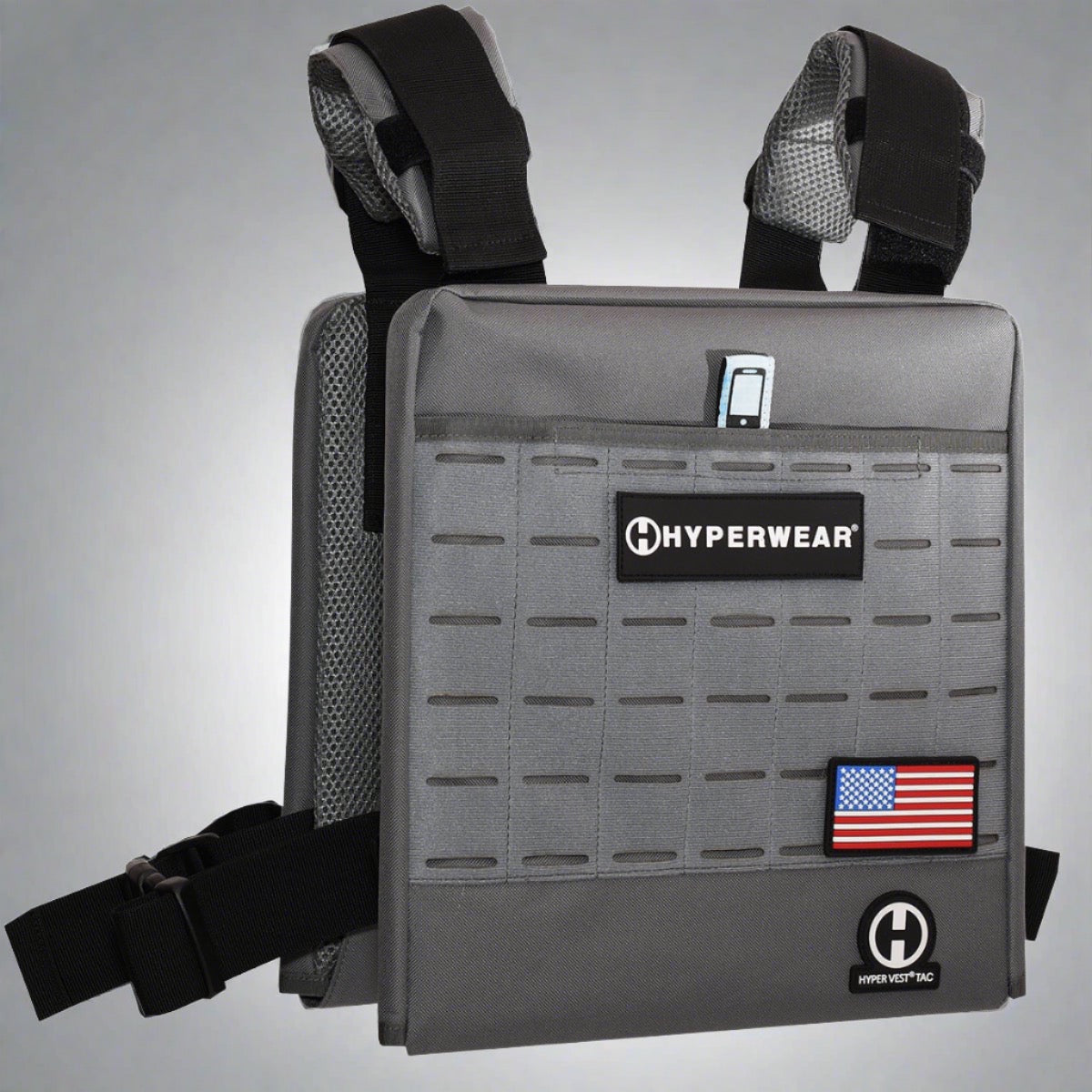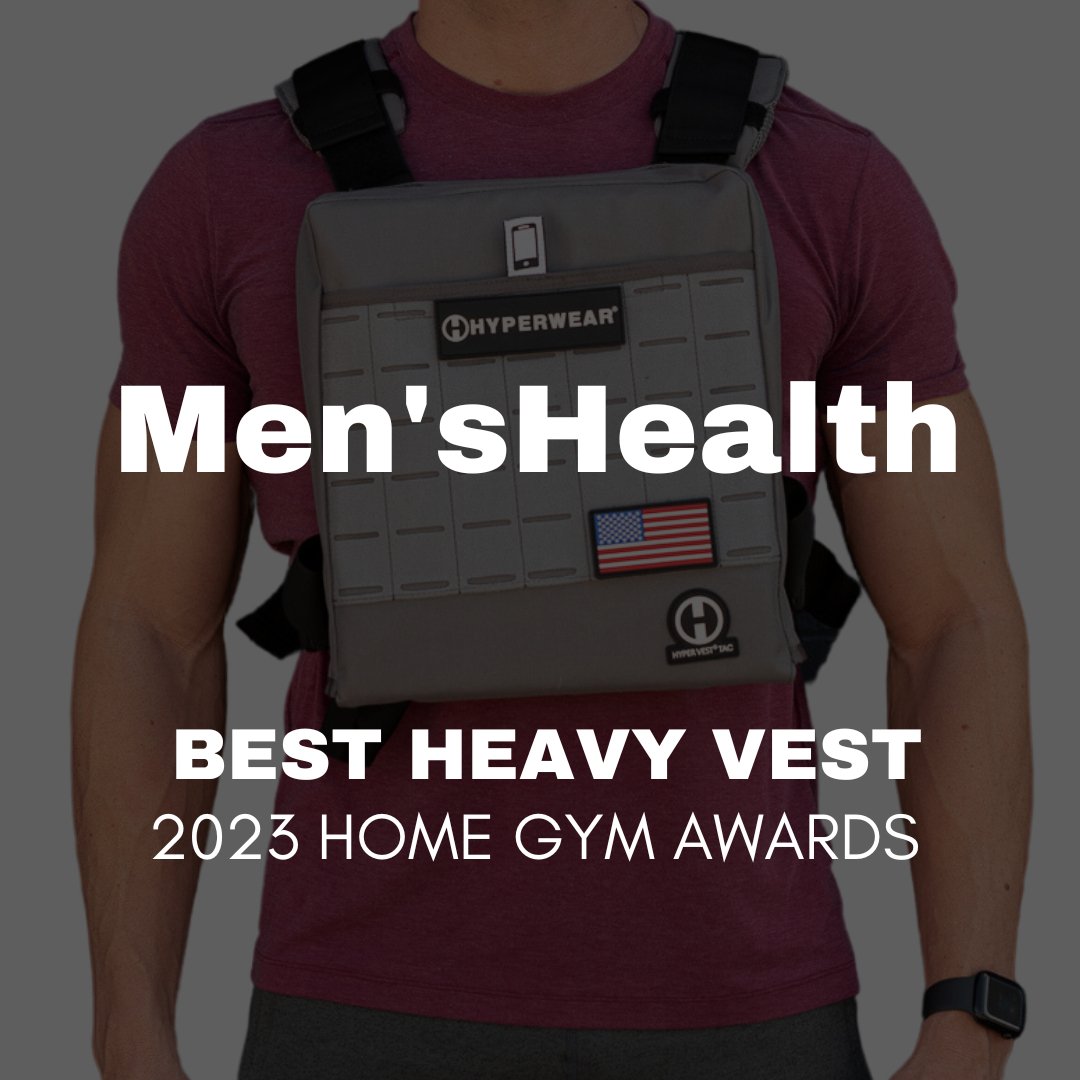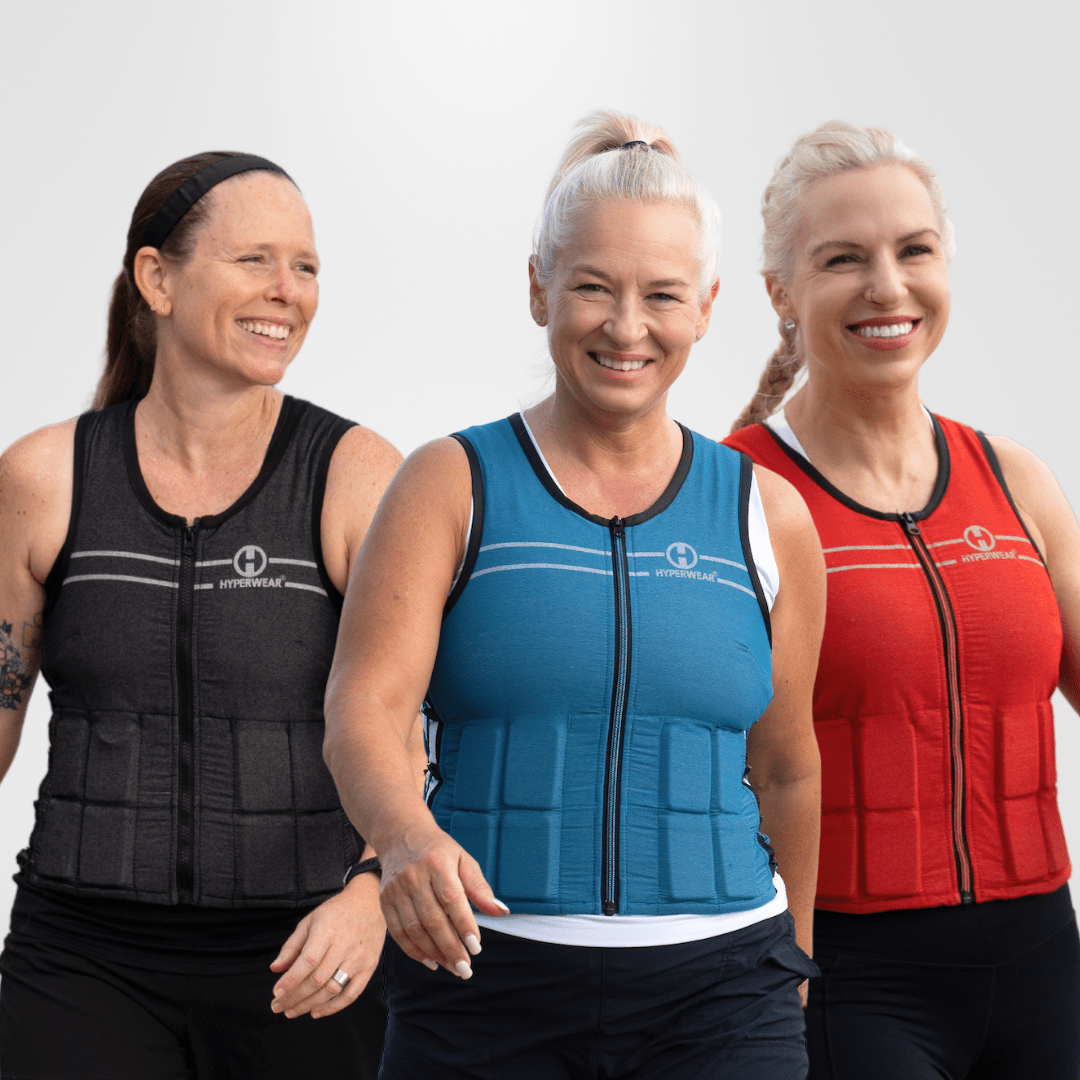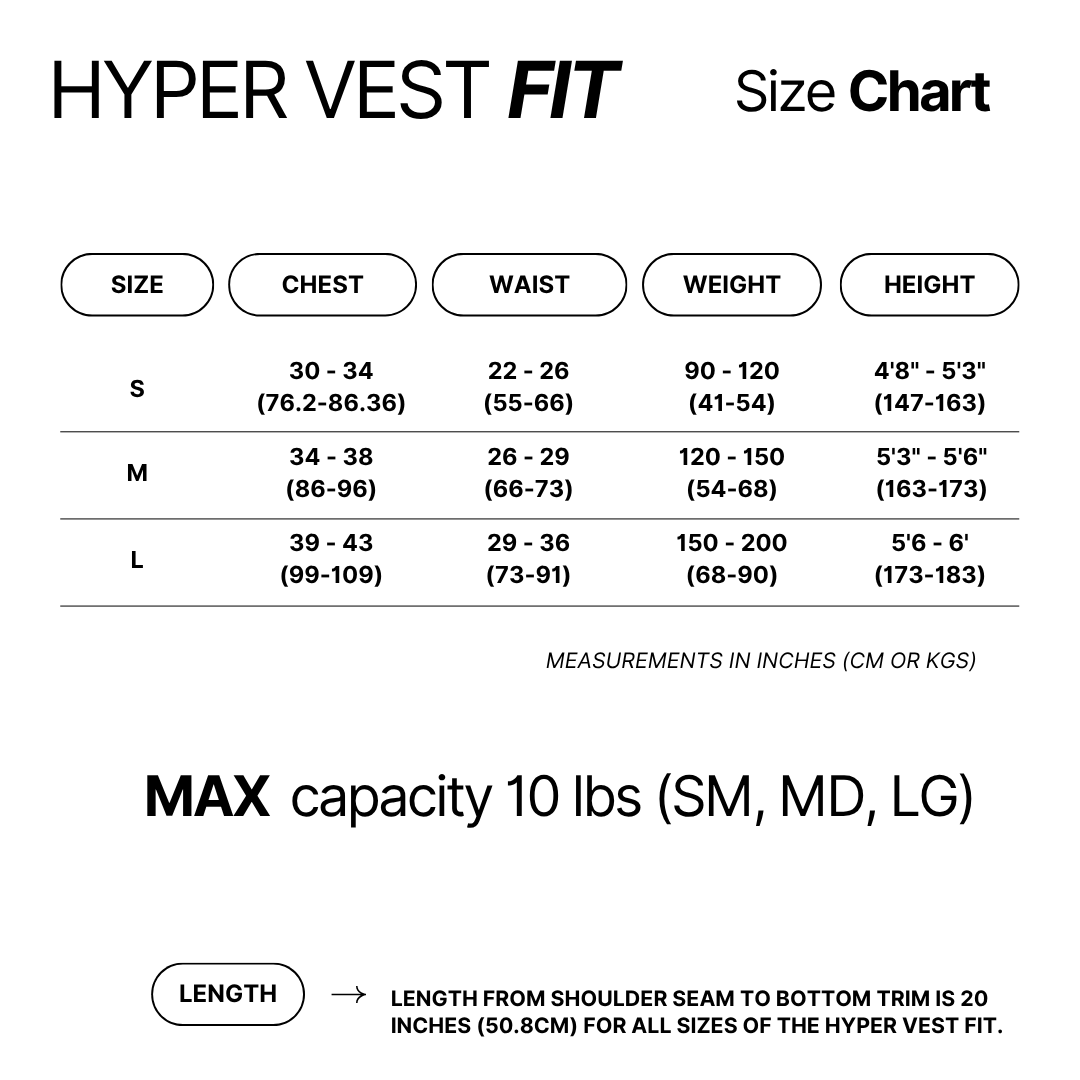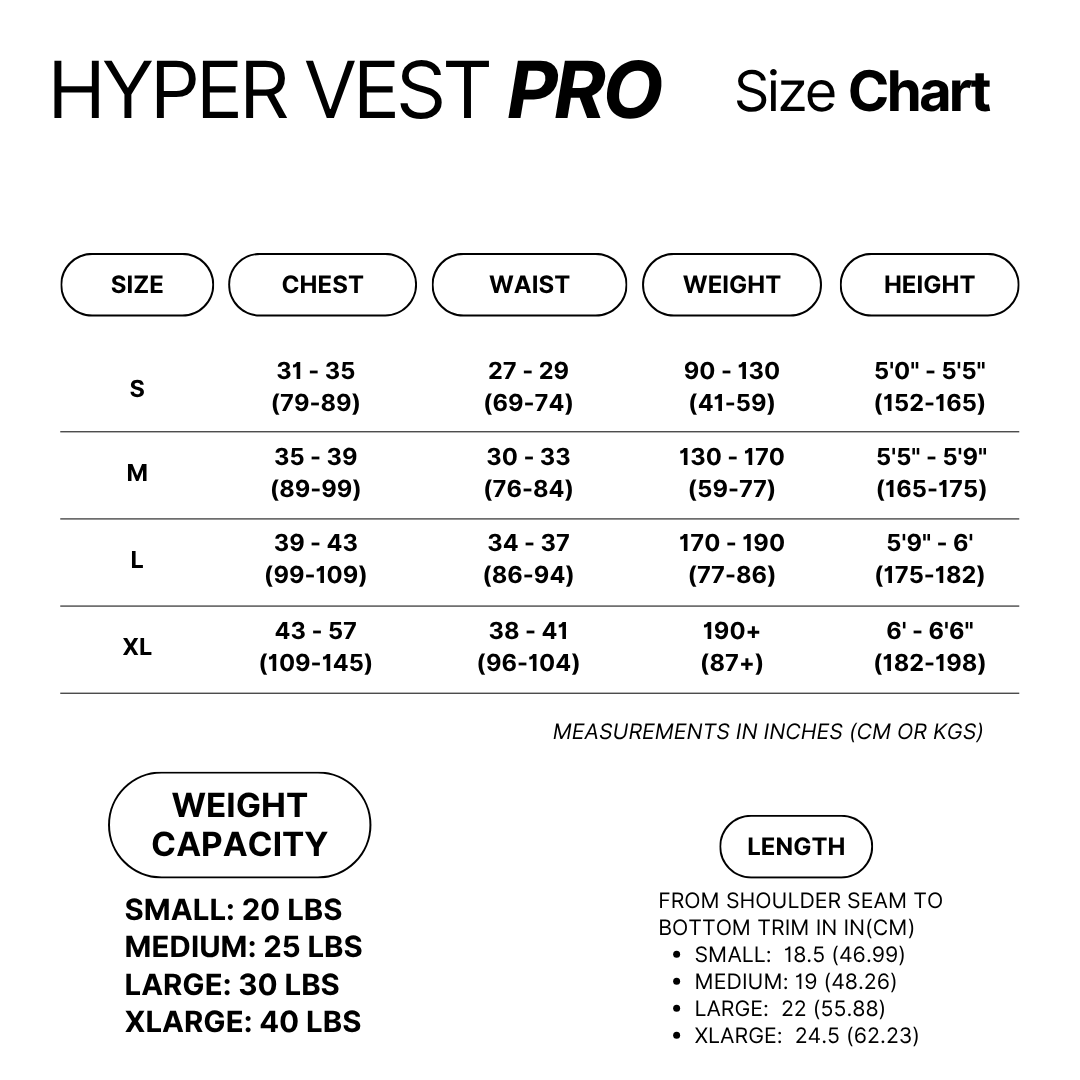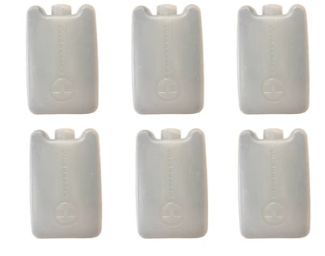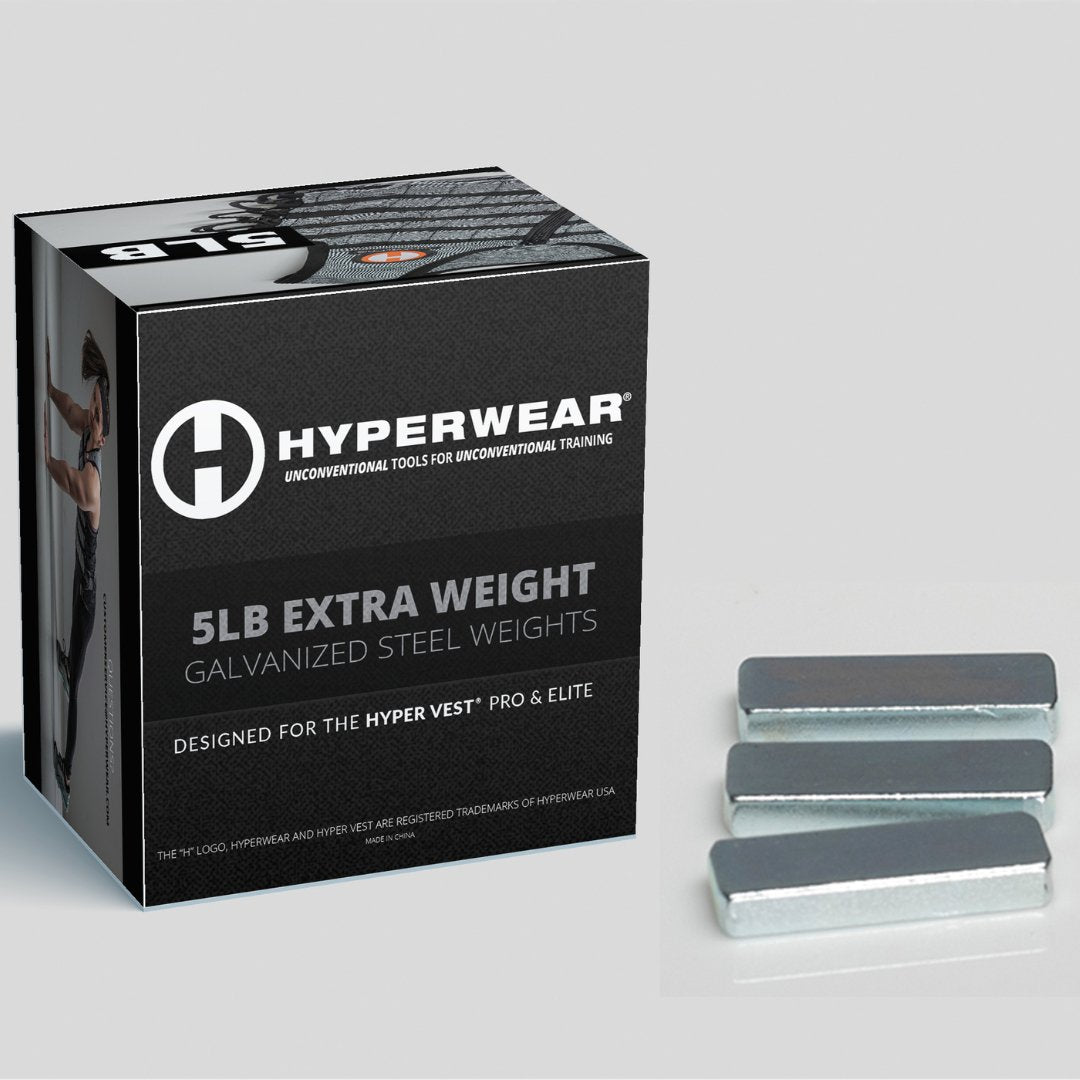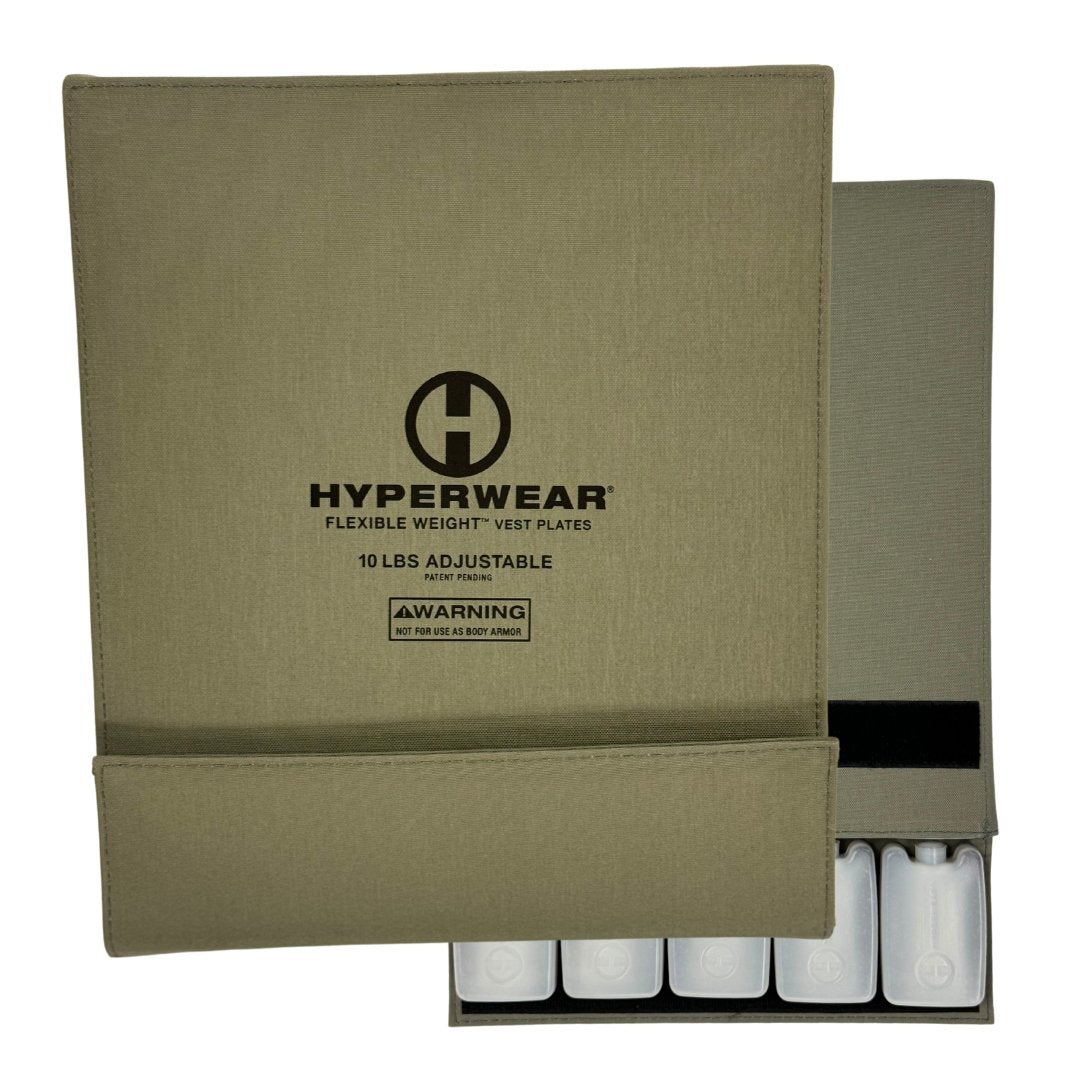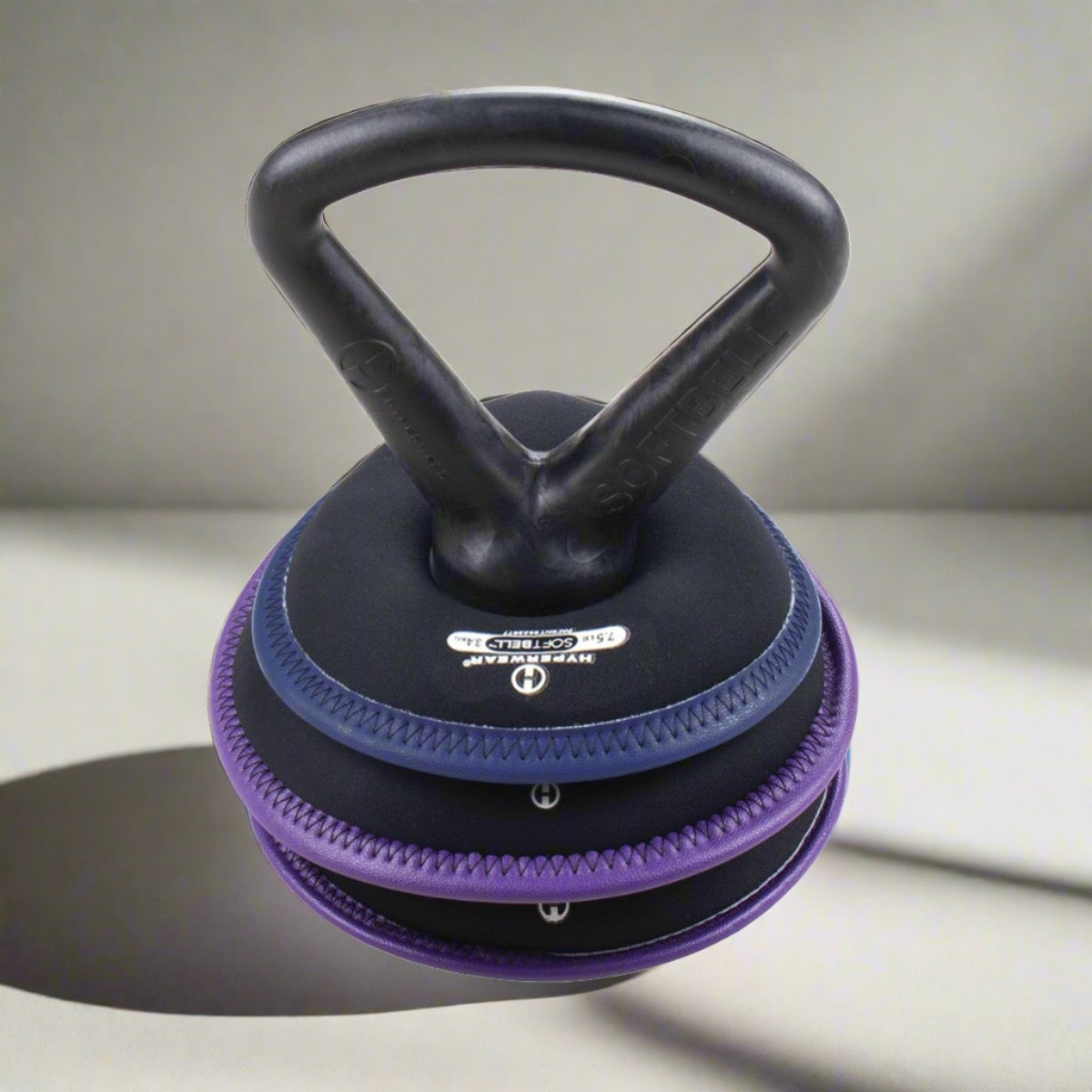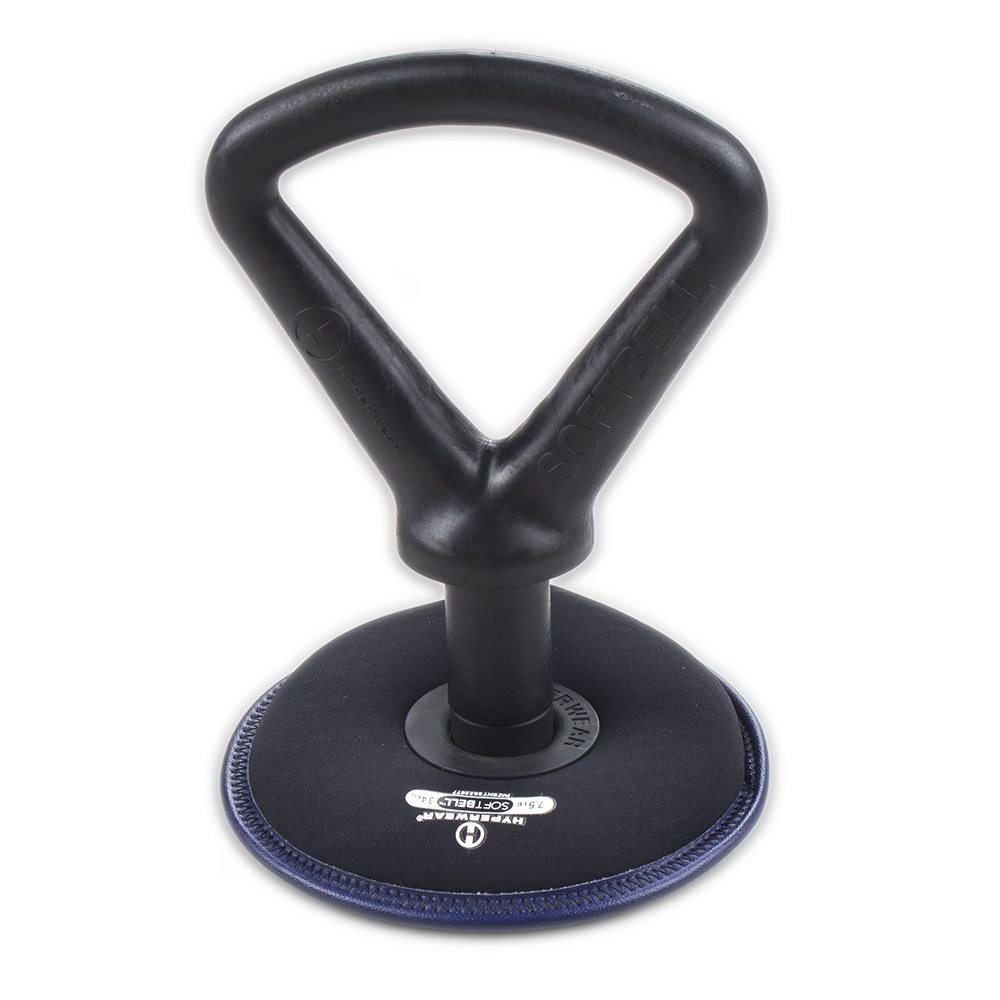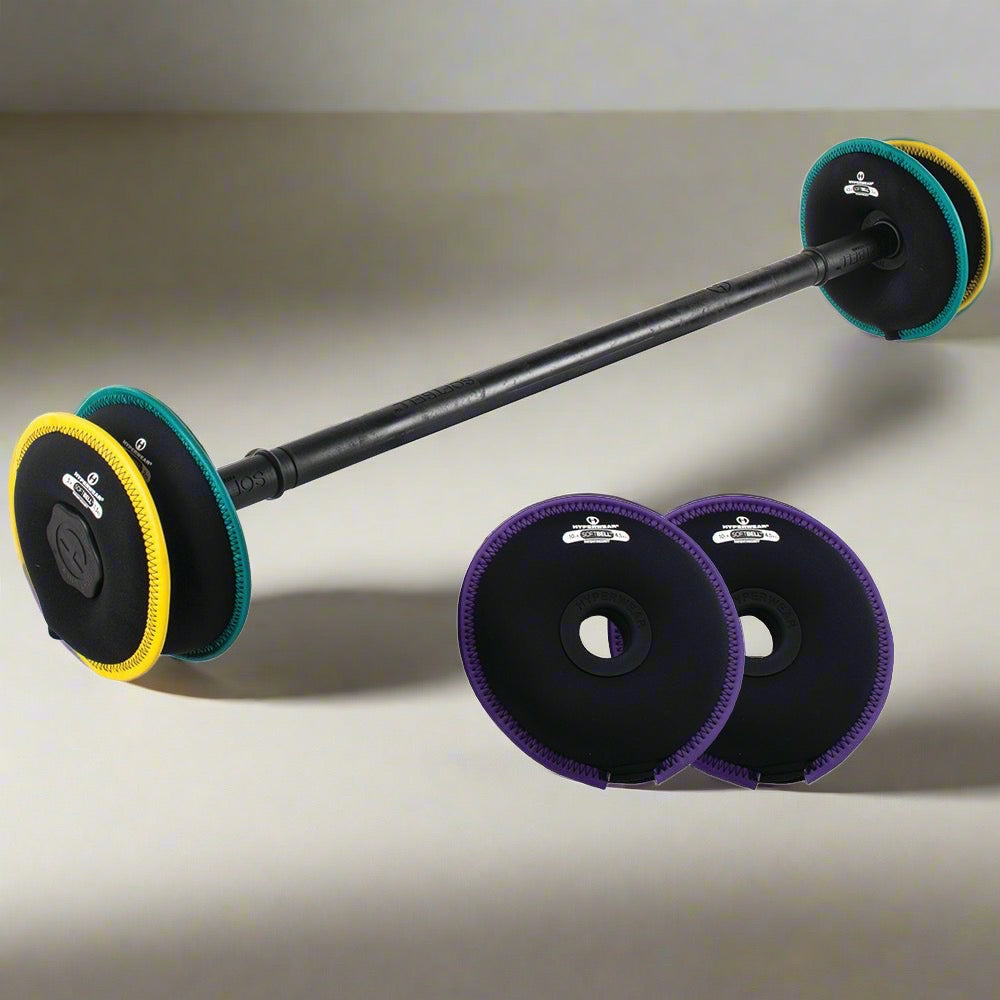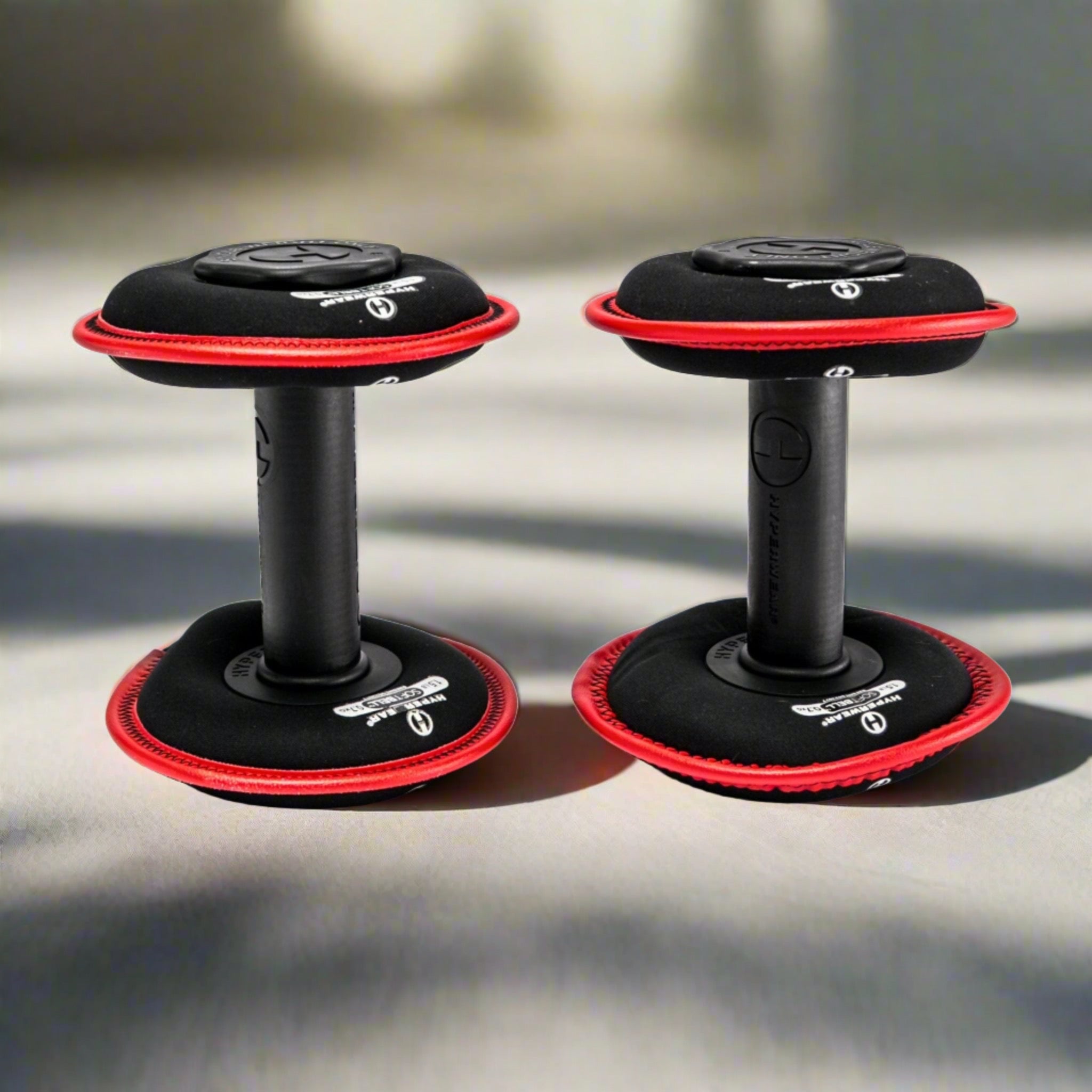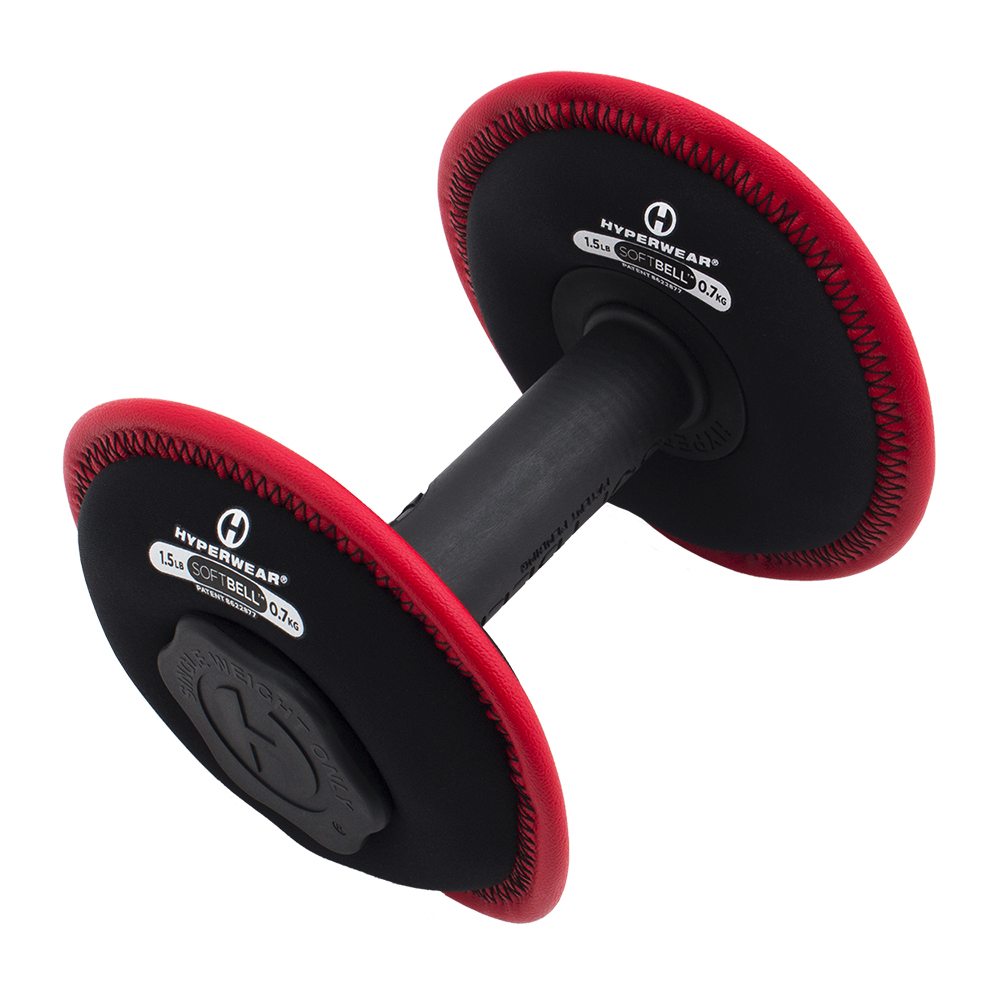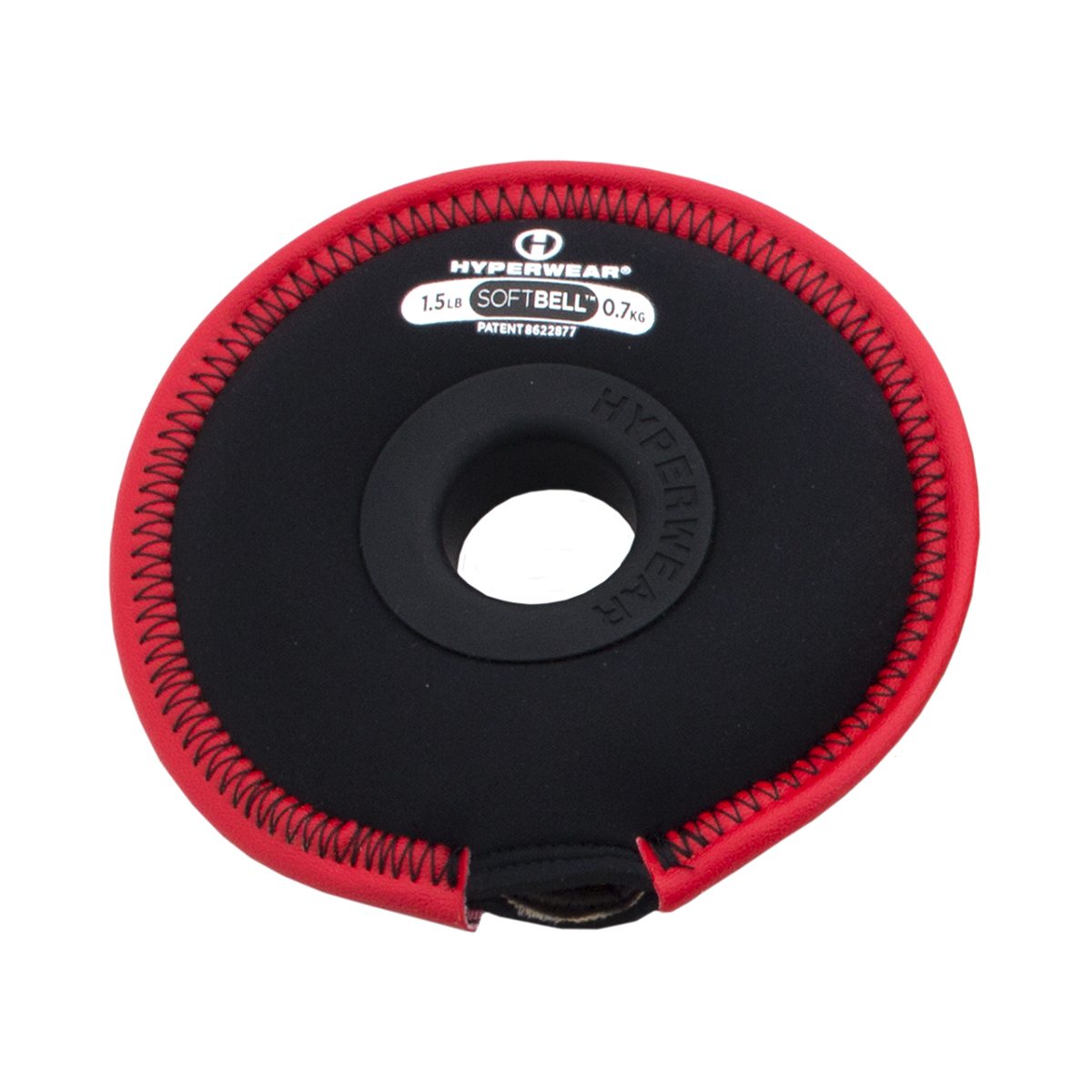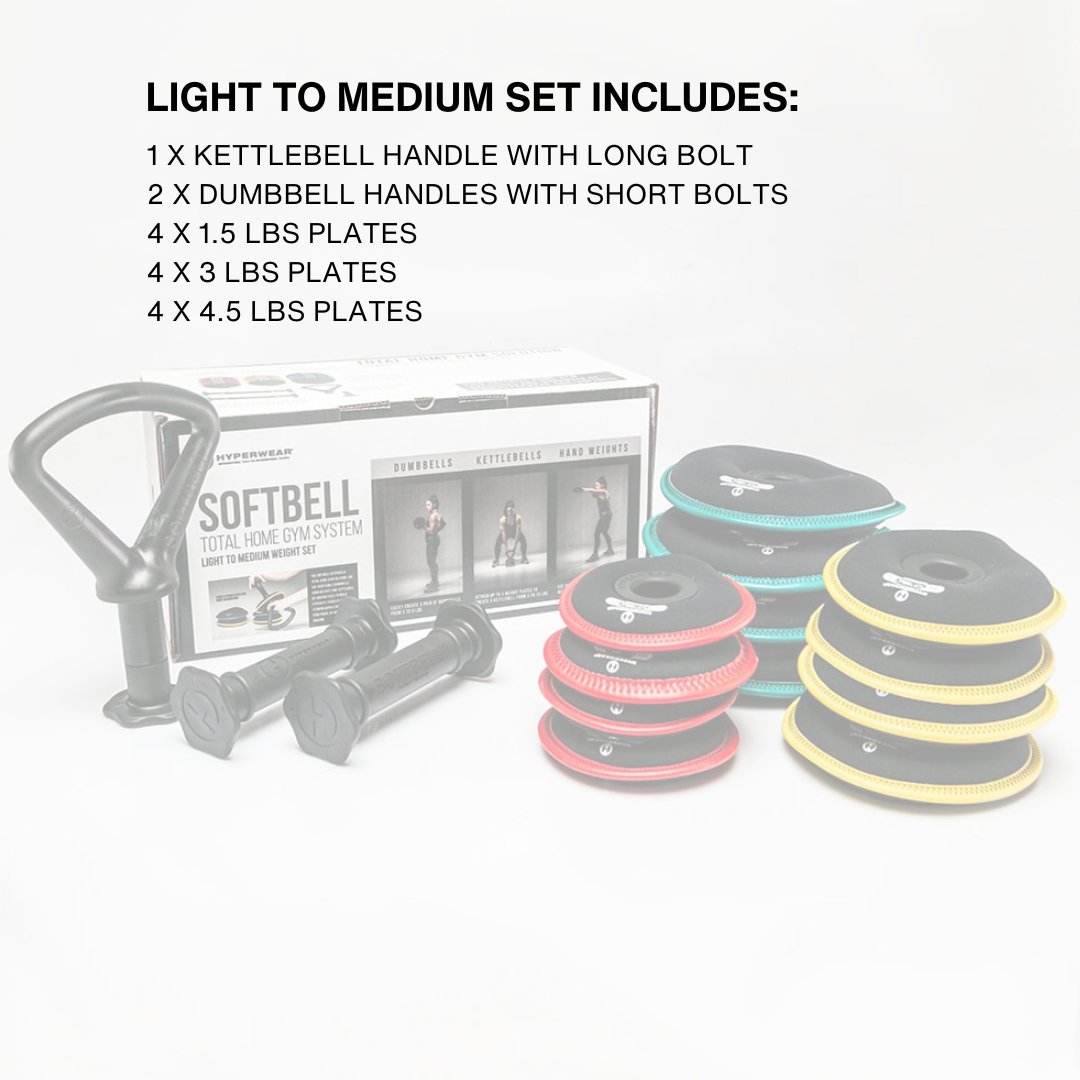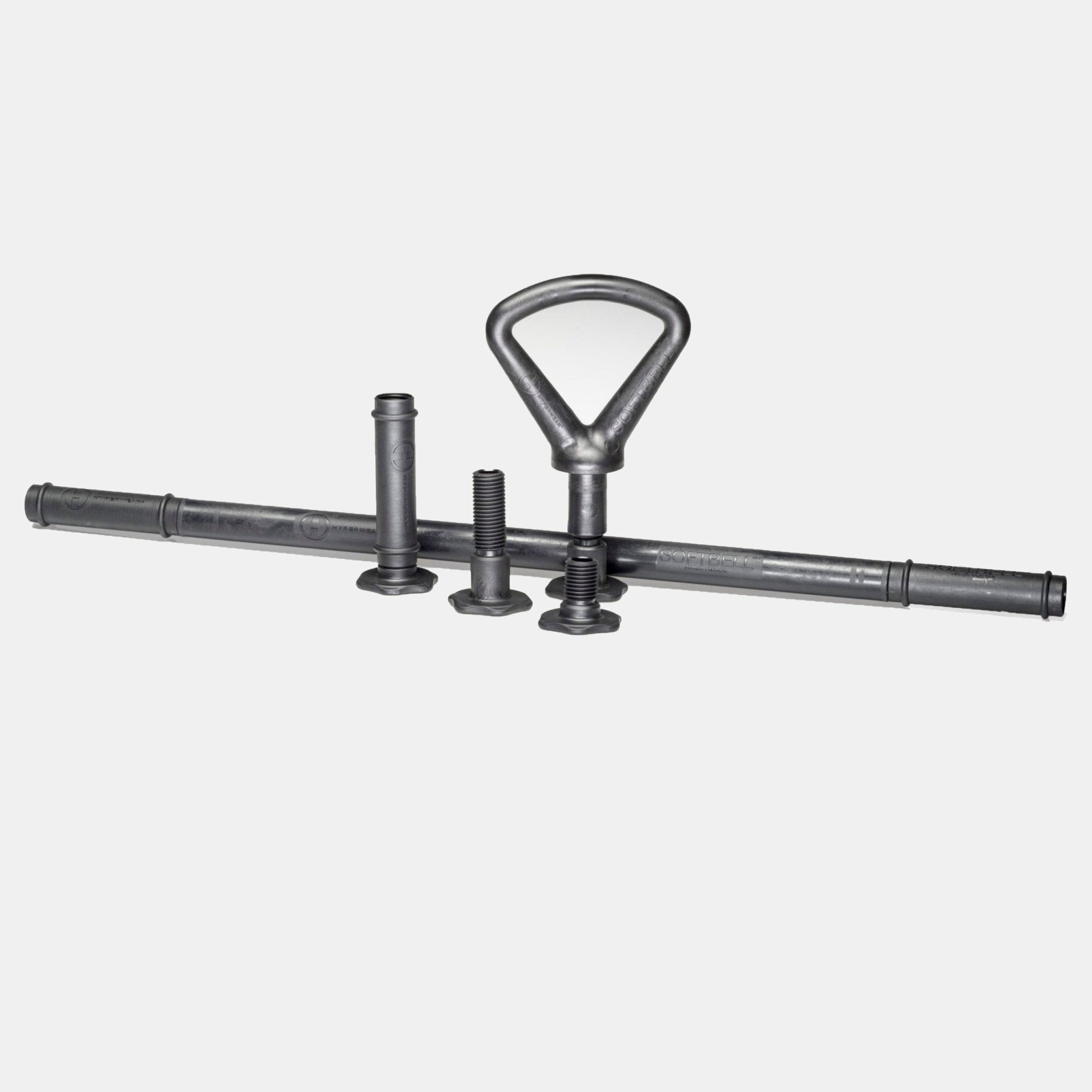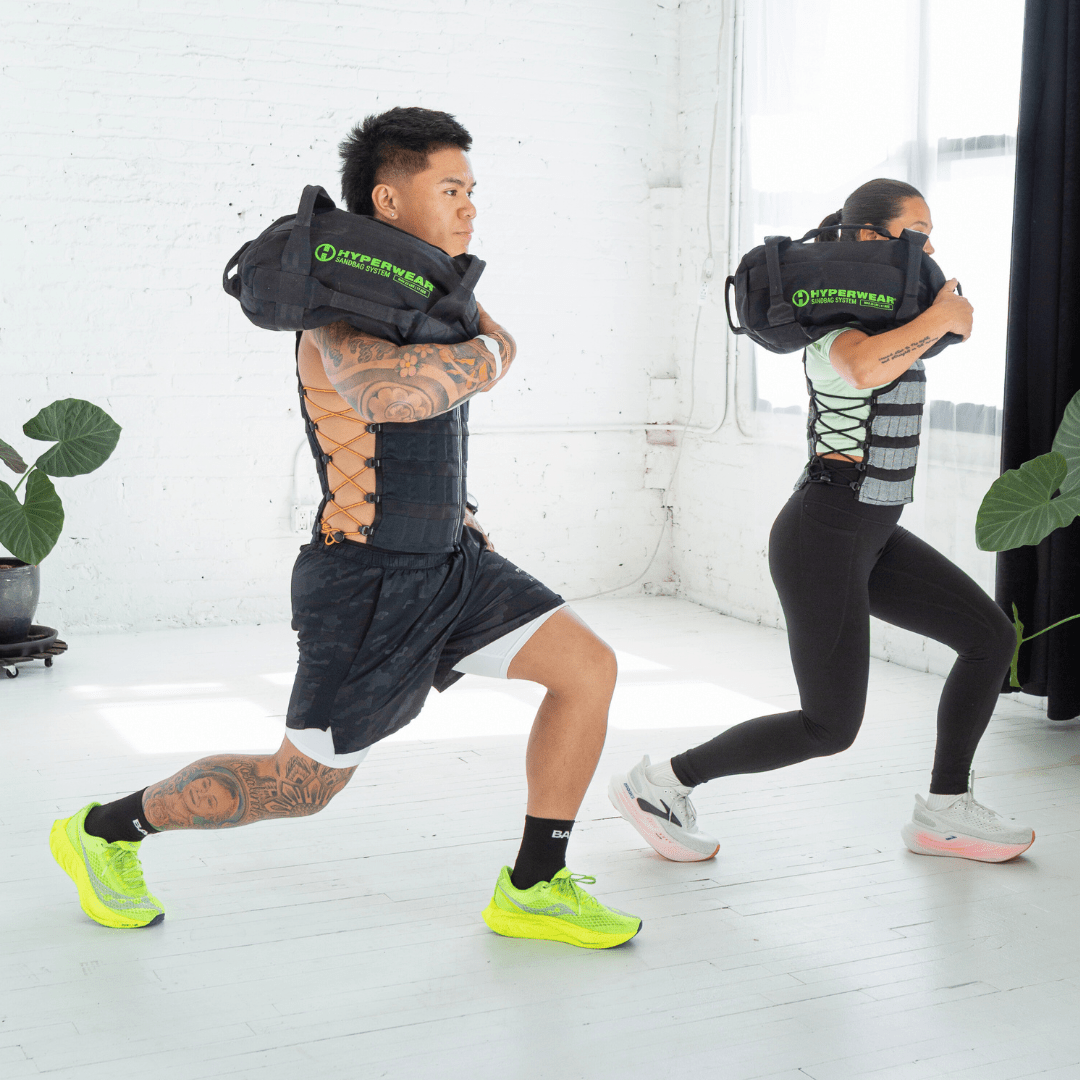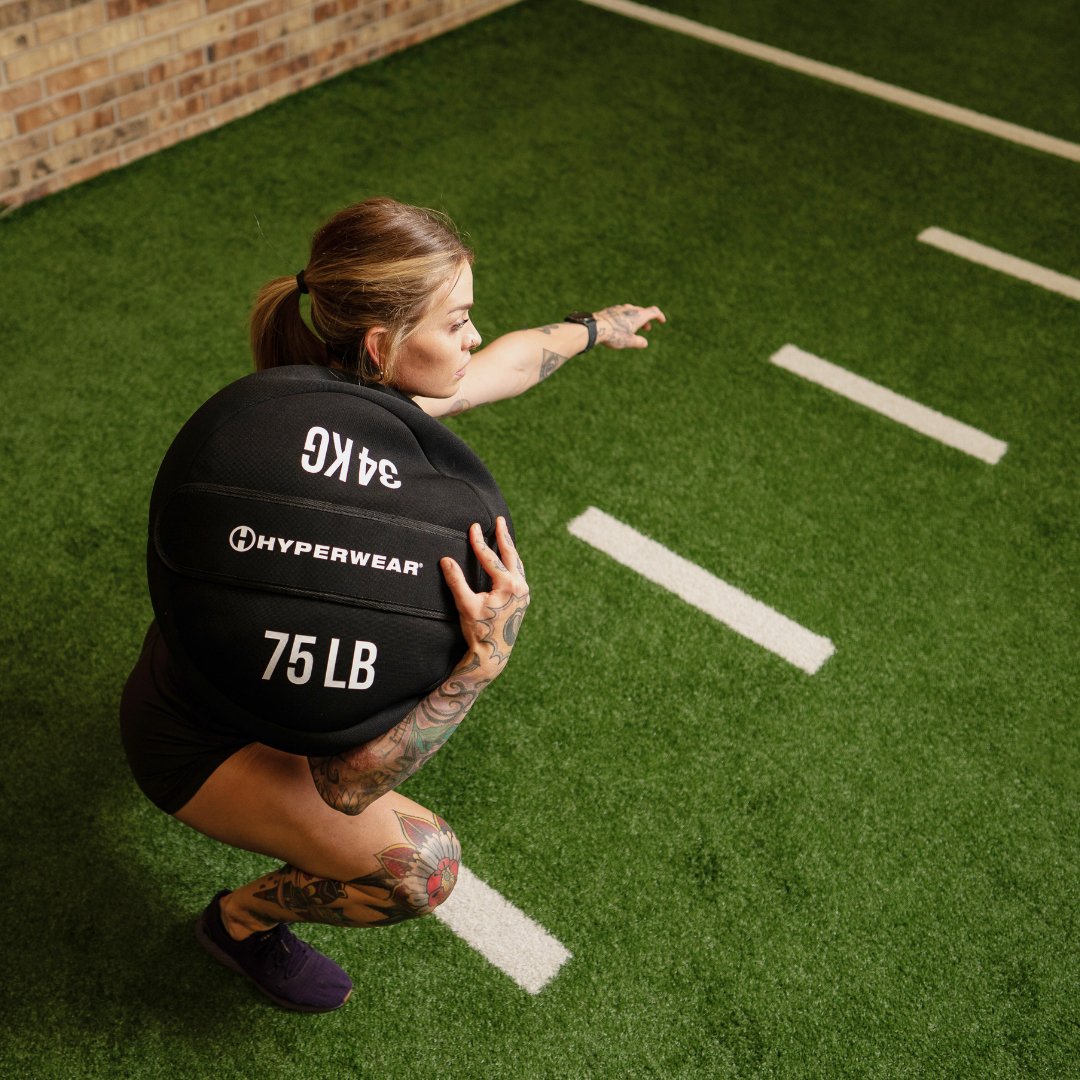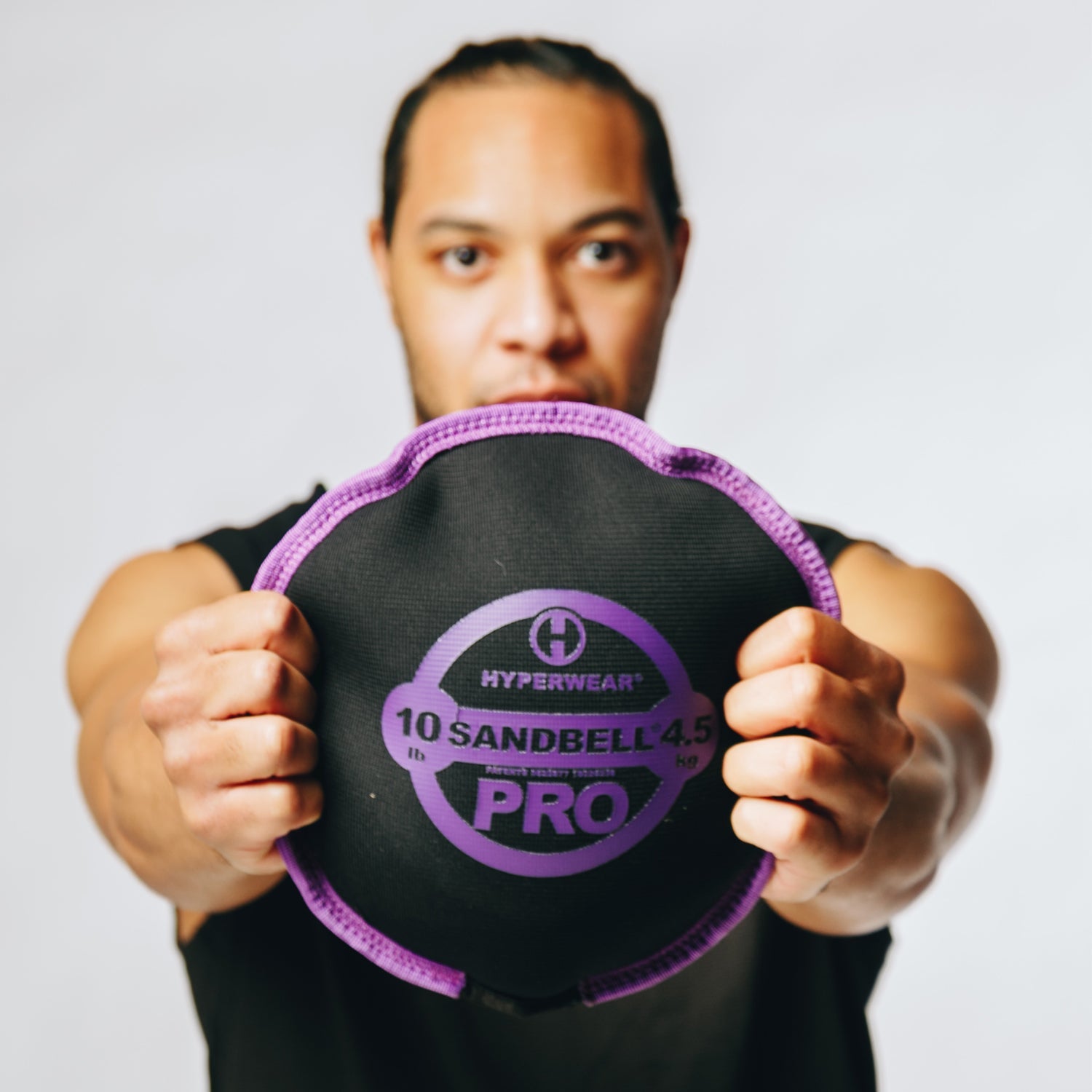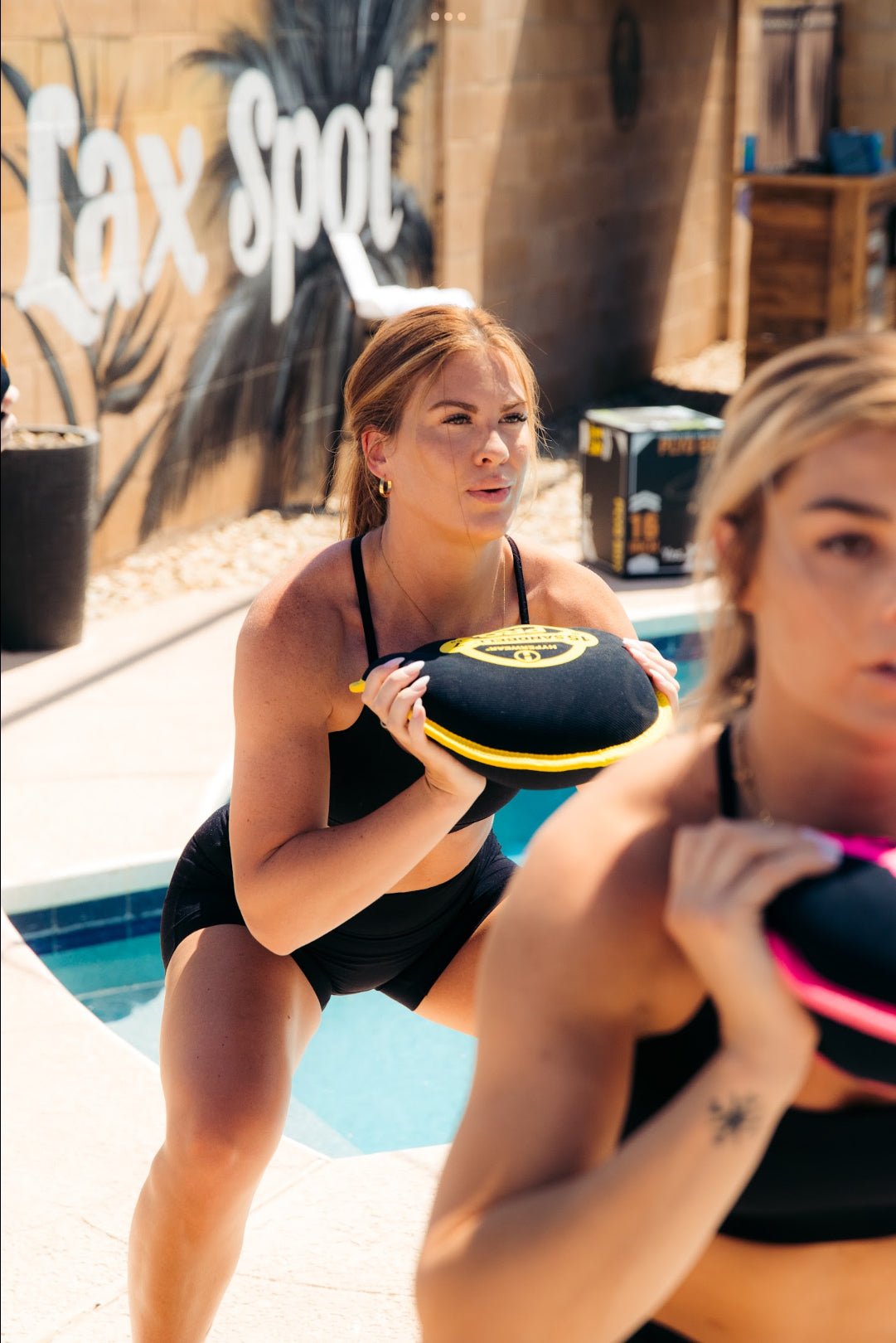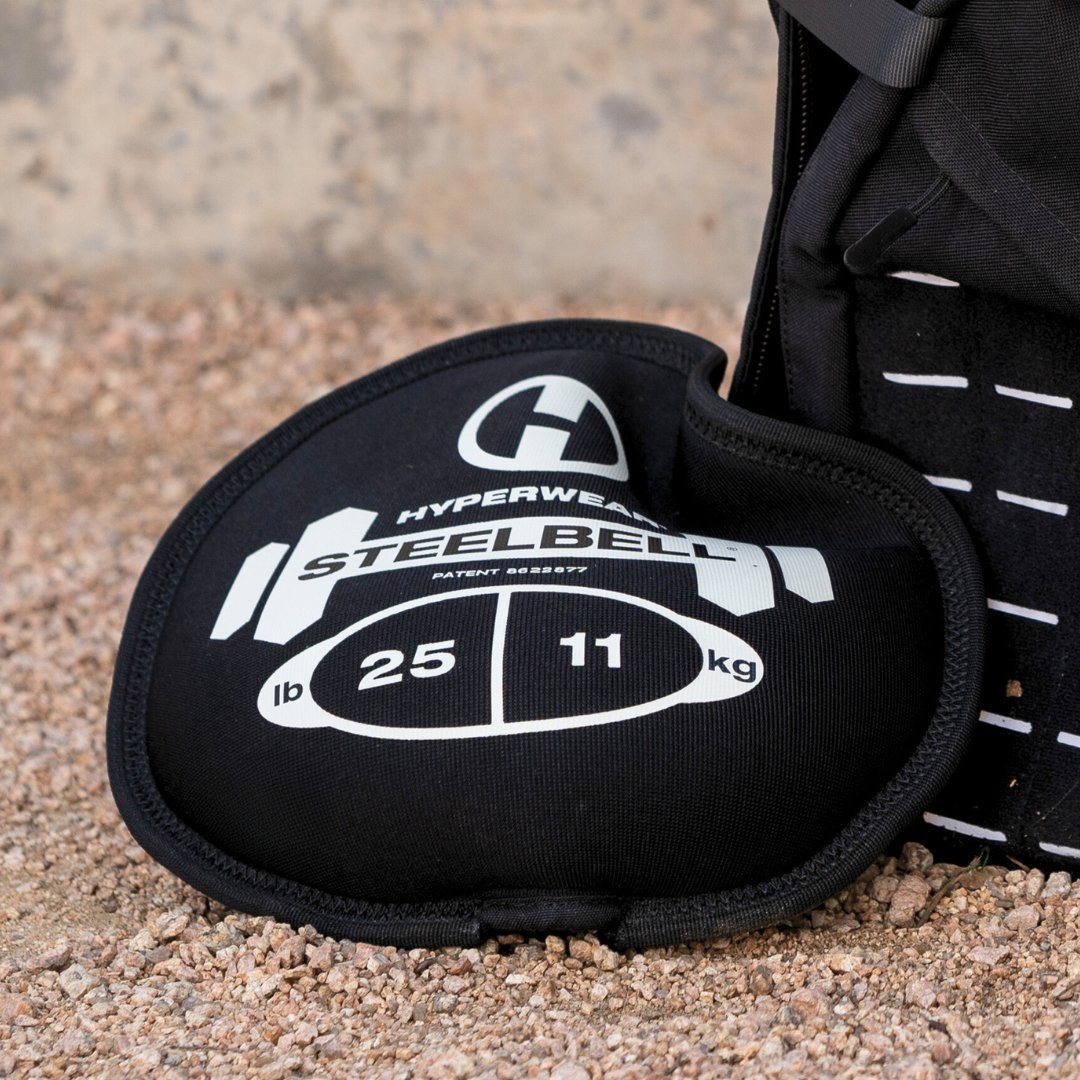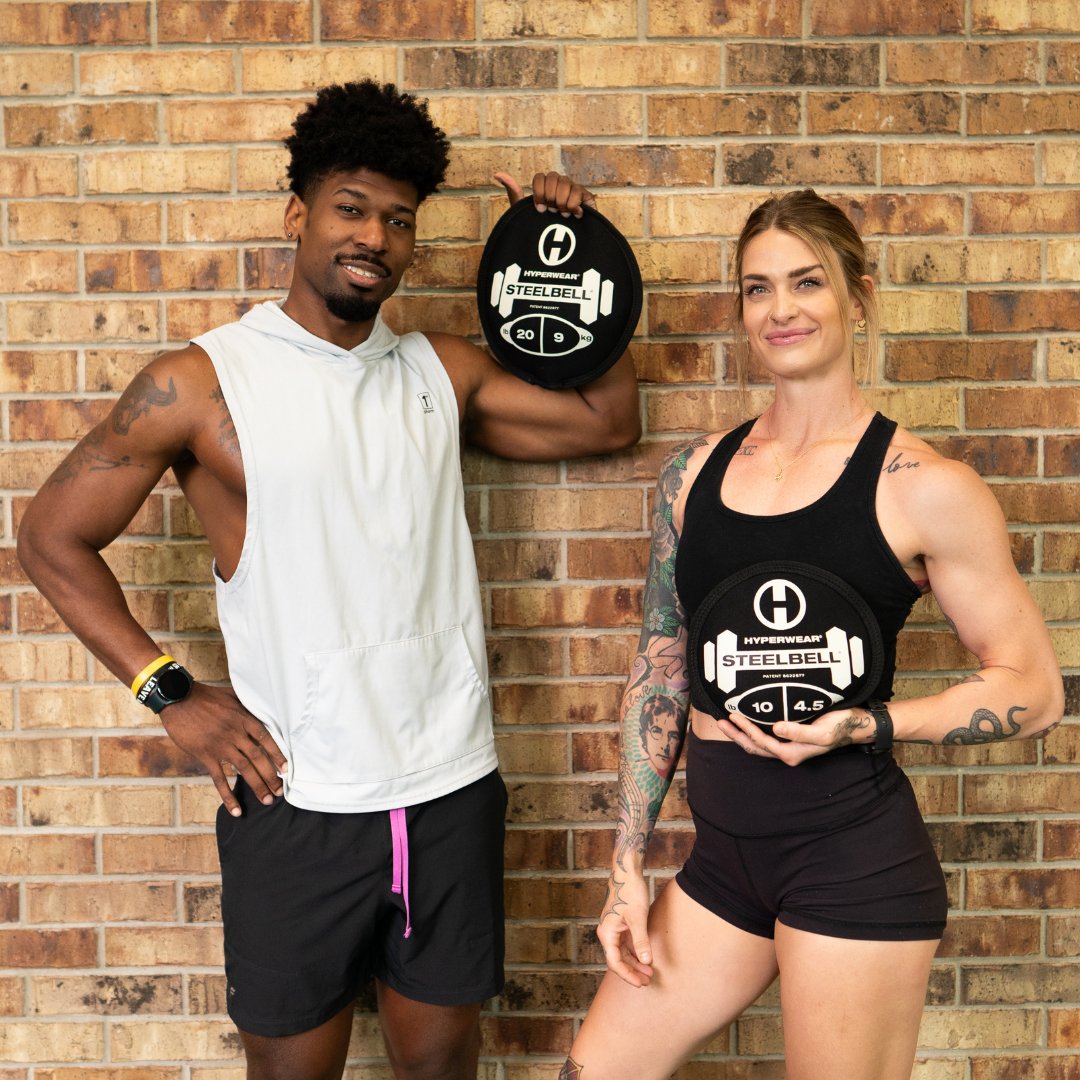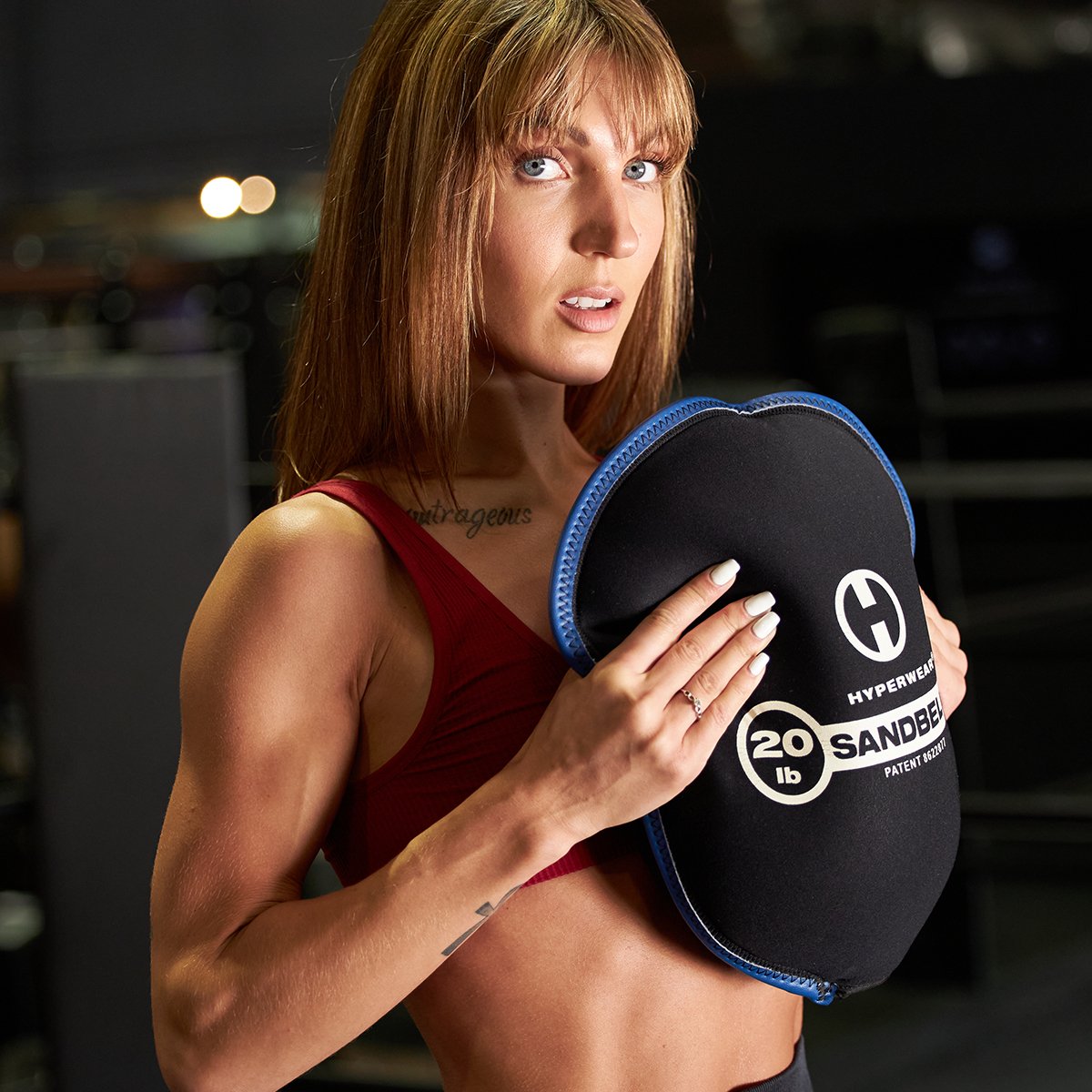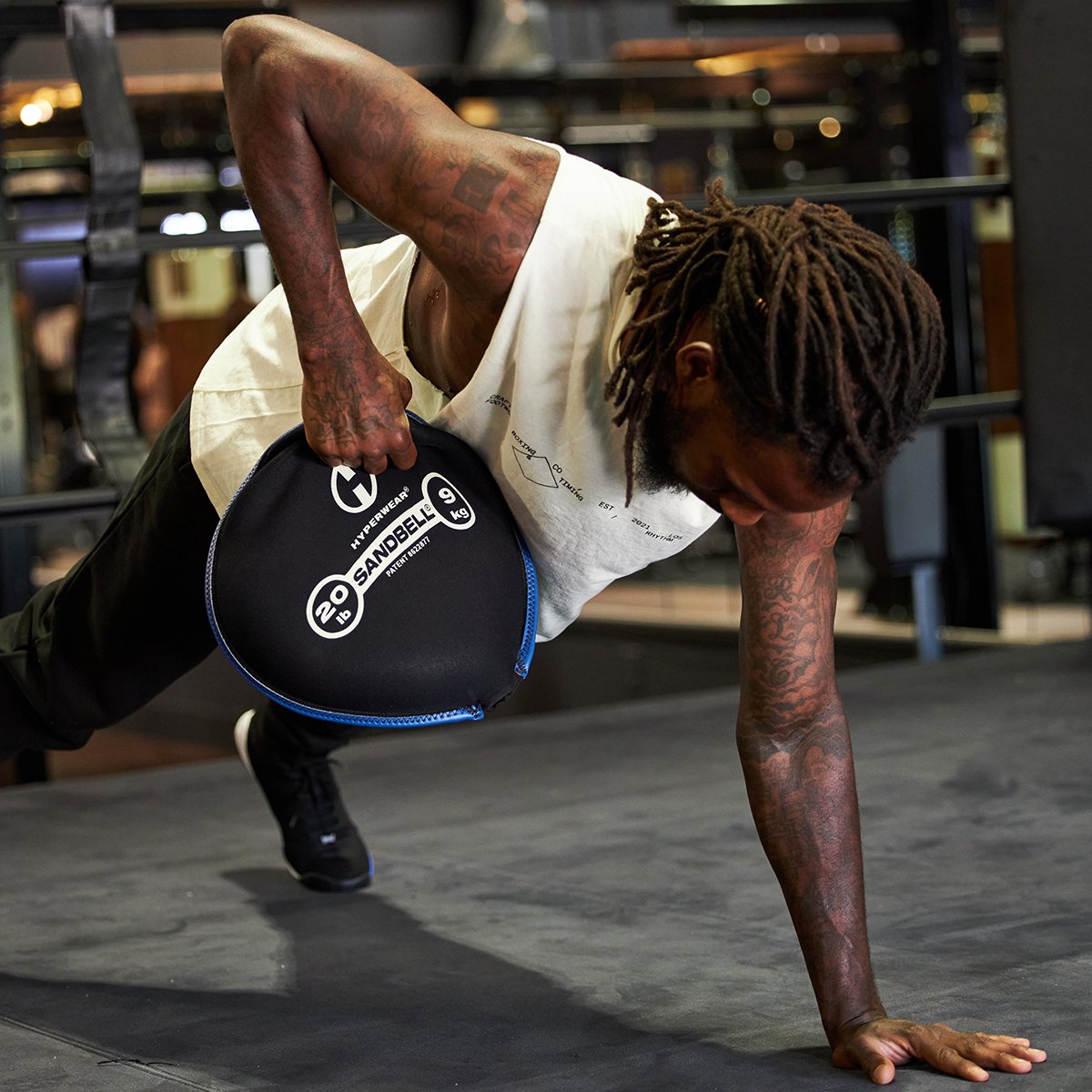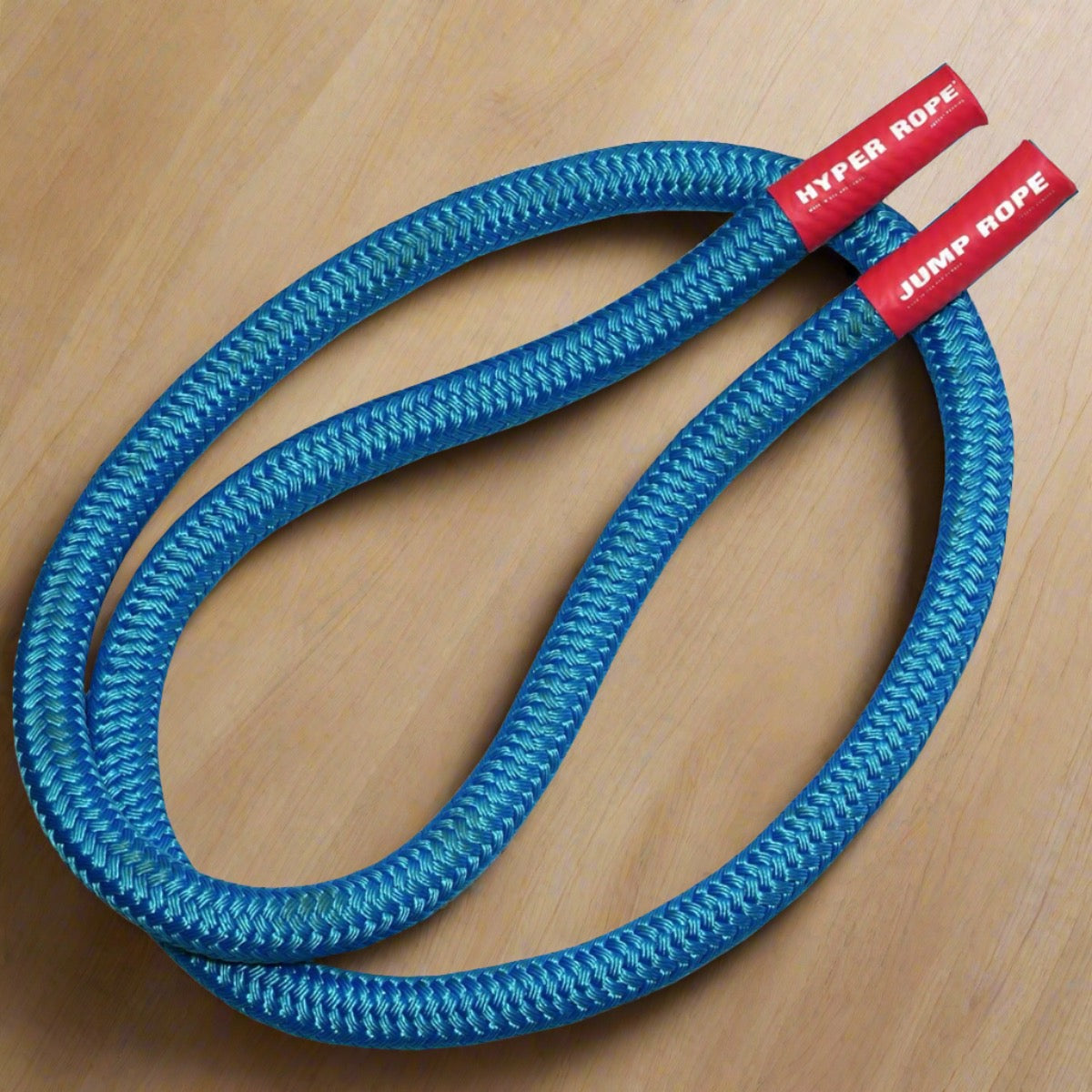Can Rucking Actually Help Back Pain?
Back pain is one of the most common health issues affecting millions globally. As people seek effective ways to manage lower back pain, rucking - walking with a weighted backpack or weight vest - may be an unexpected solution for many. But can strength training by rucking help back pain? A story in The New York Times about a new "WalkBack" study notes that there is a lot of research demonstrating that physical activity yields better outcomes for back pain. Let's explore the research and findings from the WalkBack study, which investigated the effectiveness of walking interventions for preventing low back pain recurrence, and consider how these findings could safely apply to walking with weight - rucking.
The WalkBack Study: An Overview
The WalkBack study, published in The Lancet, is a randomized controlled trial conducted in Australia. The study aimed to evaluate the effectiveness and cost-effectiveness of an individualized, progressive walking and education intervention in preventing low back pain recurrence. Here’s a summary of the study's structure, participants, and results:
Study Structure
- Design: The study was a randomized controlled trial.
- Participants: 701 adults from across Australia who had recently recovered from an episode of non-specific low back pain participated. Most participants were female (81%) with a mean age of 54 years.
- Intervention: Participants were divided into two groups. One group received an individualized, progressive walking and education intervention facilitated by six sessions with a physiotherapist over six months. The other group received no treatment.
- Duration: Participants were followed for a minimum of 12 months and up to 36 months.
Key Findings
- Reduction in Low Back Pain Recurrence: The study found that participants who engaged in the walking program experienced a significant reduction in the recurrence of activity-limiting low back pain. The intervention group had a 28% lower risk of experiencing a recurrence compared to the control group.
- Increased Days to Recurrence: Participants in the intervention group had a longer median time to recurrence of low back pain (208 days) compared to the control group (112 days).
- Cost-Effectiveness: The walking intervention was cost-efficient, providing additional projected years of better health at a reasonable cost.
- Additional Health Benefits: The study also highlighted other health benefits of walking, such as improved cardiovascular health, enhanced mood and cognition, and reduced risk of non-communicable diseases.
For more detailed insights, you can read the full WalkBack study published in The Lancet.
Applying WalkBack Findings to Rucking
Although rucking was not involved in the WalkBack study, the principles and benefits of walking interventions can be applied to adding strength training by rucking with a rucking backpack or weighted vest. Here’s how rucking, an enhanced form of walking, could be beneficial for back pain based on the study's findings:
- Strengthening Core and Back Muscles: Similar to walking, rucking engages the core and back muscles but more intensely depending on the added weight. This can help strengthen the muscles that support the spine, potentially reducing the risk of back pain.
- Improved Posture and Spinal Alignment: The weight of a properly distributed rucking backpack can help maintain a neutral spine position, encouraging better posture and alignment.
- Enhanced Functional Fitness: Rucking mimics daily functional movements, such as carrying groceries or lifting children, which can improve overall strength, balance and longevity, reducing the risk of injury.
- Accessibility and Adaptability: Rucking is highly adaptable, allowing individuals to start with lighter weights and progressively increase the load in small increments, similar to the progressive walking intervention in the WalkBack study.
- Better Bone Health: Studies show that walking with a weighted vest or weighted backpack is beneficial for osteoporosis by improving bone density.
Practical Tips for Safe Rucking
To ensure that rucking is beneficial and not detrimental to your back health, consider these practical tips:
- Consult Your Doctor: Before starting any new exercise regimen, it is essential to consult your doctor to ensure it is safe for your specific health condition.
- Start Light: Begin with a lighter weight and gradually increase the load as your strength improves.
- Proper Gear: Use a well-fitted backpack like the Hyper Ruck with adjustable weights, padded straps and a waist belt or a Hyper Vest weighted vest to distribute the weight evenly and allow for small increases in weight.
- Good Posture: Maintain an upright posture with your shoulders back and down, and avoid leaning forward excessively.
- Listen to Your Body: Pay attention to any discomfort or pain and adjust your routine accordingly. If you experience significant pain, consult a healthcare professional.
Features of the Hyper Ruck for Safe Rucking
The Hyper Ruck is designed with features that enhance the safety and effectiveness of rucking, making it an ideal choice for those looking to incorporate this activity into their fitness routine:
- Internal Plate Sleeves: The Hyper Ruck includes internal plate sleeves for securely holding weights. This ensures that the weight is evenly distributed and close to the body, which helps maintain proper posture and reduces the risk of strain on the back.
- Adjustable Weight Plates: The Hyper Ruck is available with flexible and adjustable weight "plates", making it easy to start with lighter weights and progressively increase the load in as small as 1/2 lb increments as your strength and endurance improve.
- Comfortable Design: The backpack features padded shoulder straps, an elastic chest strap and a hip belt. This design helps distribute the weight evenly across the shoulders and hips, reducing pressure on the lower back and improving overall comfort during rucking.
- Durable and Versatile: The Hyper Ruck is made from durable materials that can withstand various outdoor conditions, making it suitable for both casual wear and more intense rucking and hiking activities.

Conclusion: Can Rucking Help Lower Back Pain
Rucking, when done correctly, can be a powerful tool in managing and preventing back pain. The findings from the WalkBack study underscore the benefits of walking for low back pain, and rucking can take these benefits a step further by incorporating strength training elements. The features of the Hyper Ruck make it an excellent choice for safe and effective rucking. As always, it's essential to approach any new exercise regimen with caution and seek a health professional's advice especially if you have or are recovering from back pain. If you are healthy, adding rucking for exercise has a number of longevity benefits. It is never too late to start.
By incorporating rucking into your fitness routine, you may find not only relief from back pain but also improved overall health and functional fitness. Check out our comprehensive guide to rucking workouts for more information, and explore the Hyperwear rucking page to get started with the right gear.
